April is bustling not only with flower appreciation but also, after three long years, Xishuangbanna’s annual Water Splashing Festival, which is also the Dai Lunar New Year, is finally returning to in-person celebrations, bringing back the joy of the festival!
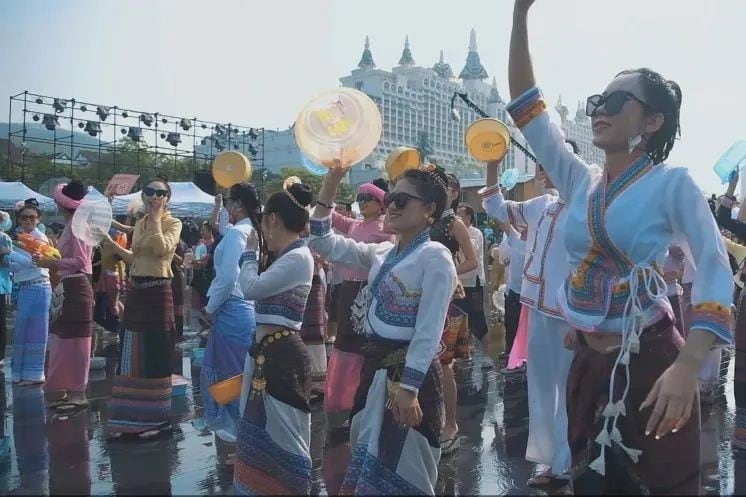
It’s important to know that for the past three years, the Water Splashing Festival has been held online, and the scenes were quite bizarre.
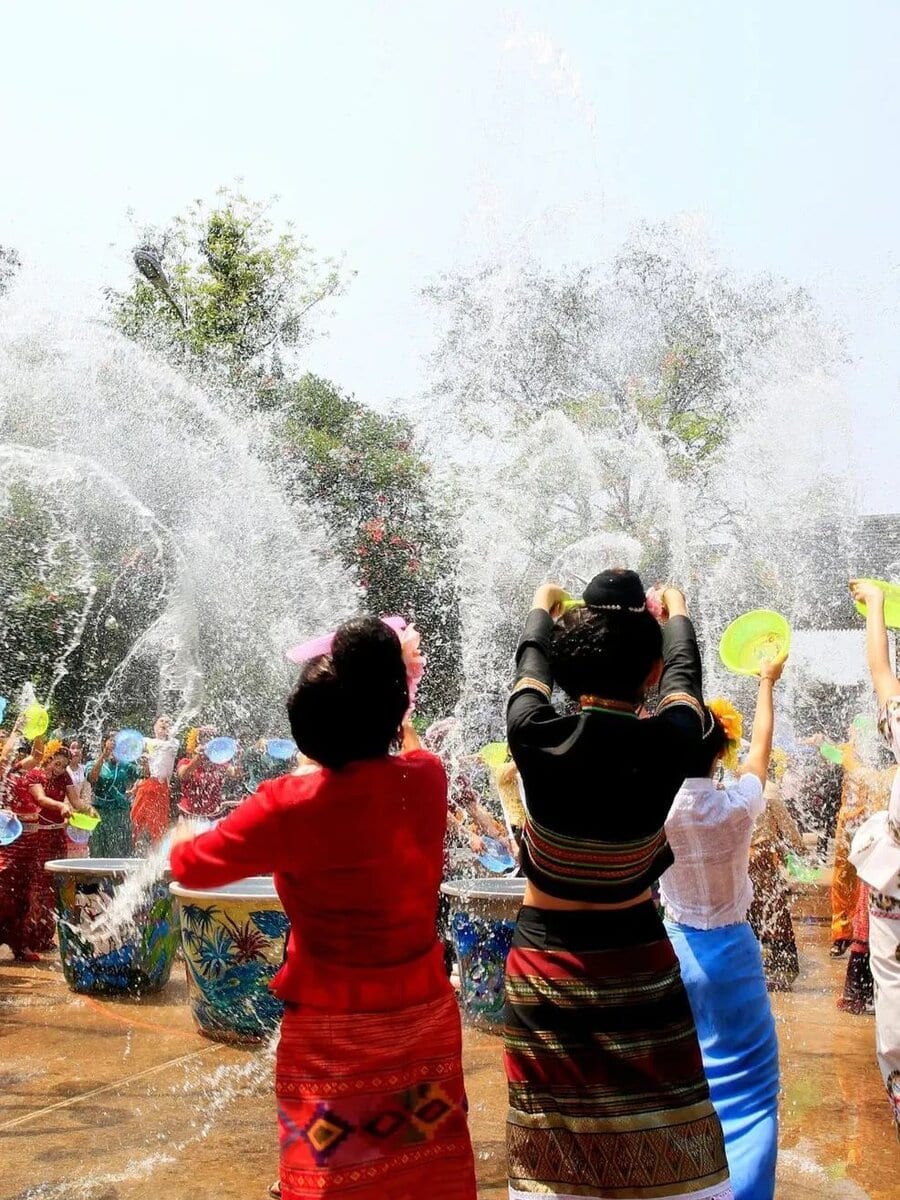
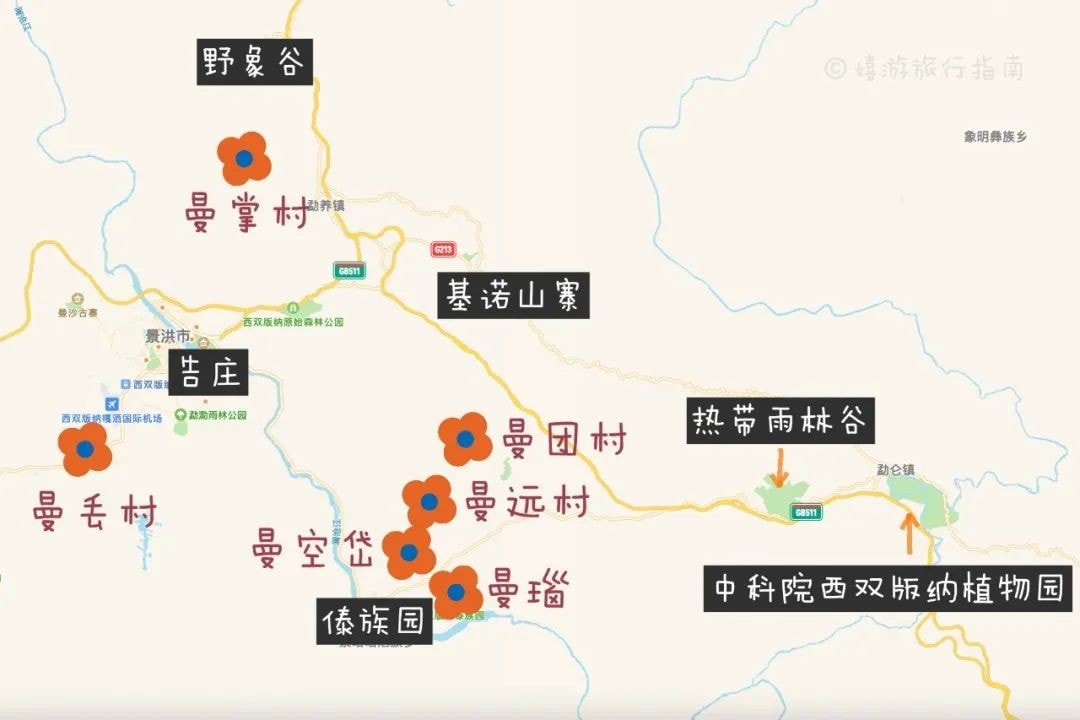
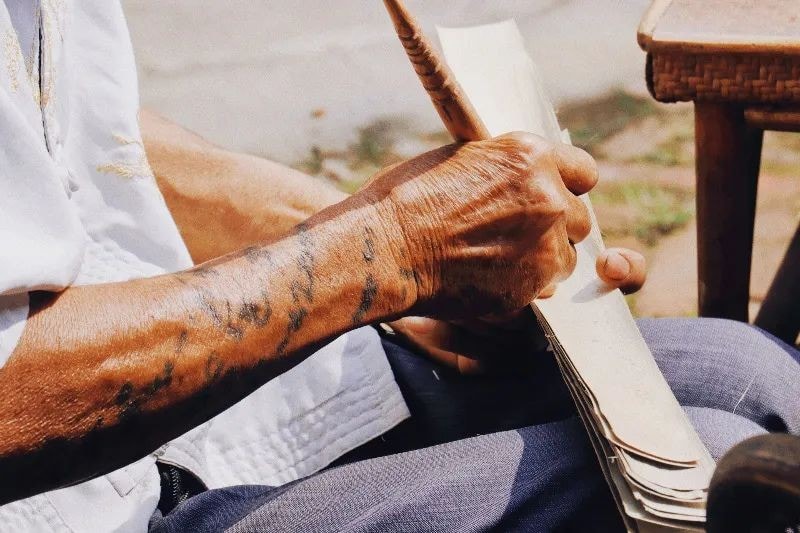
There were participants who came prepared with their own water-splashing equipment, with power equivalent to artificial rainfall, and could create an aquarium with bare hands;
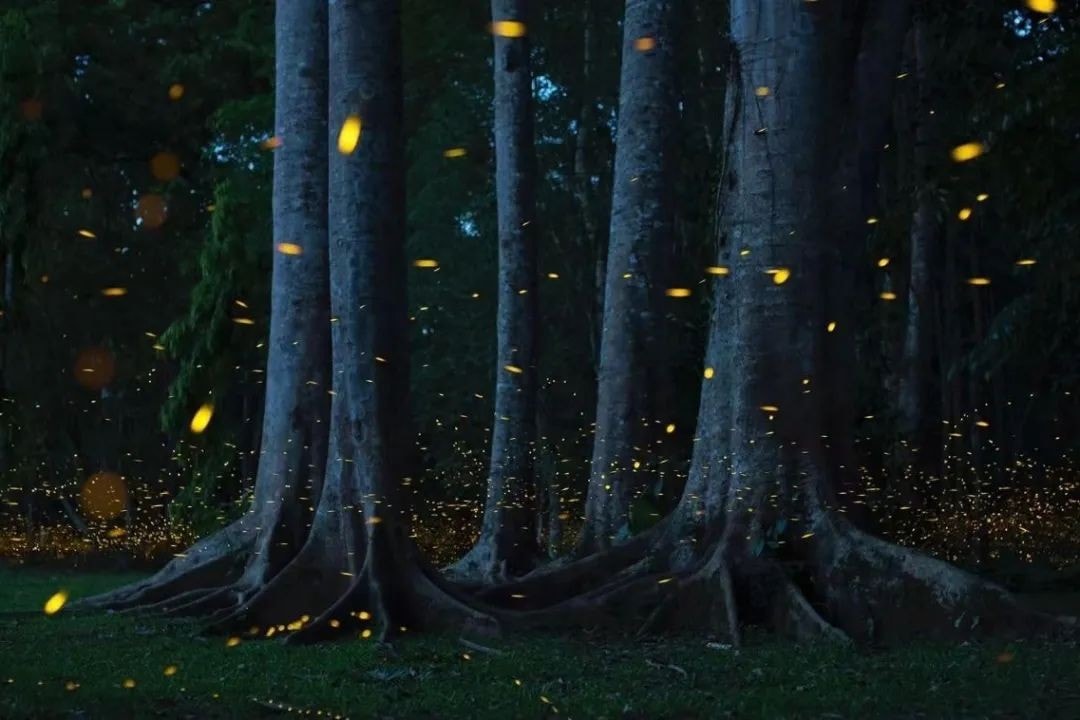
Some contestants blatantly cheated by replacing water with “forbidden” items and should have been red-carded in one round;
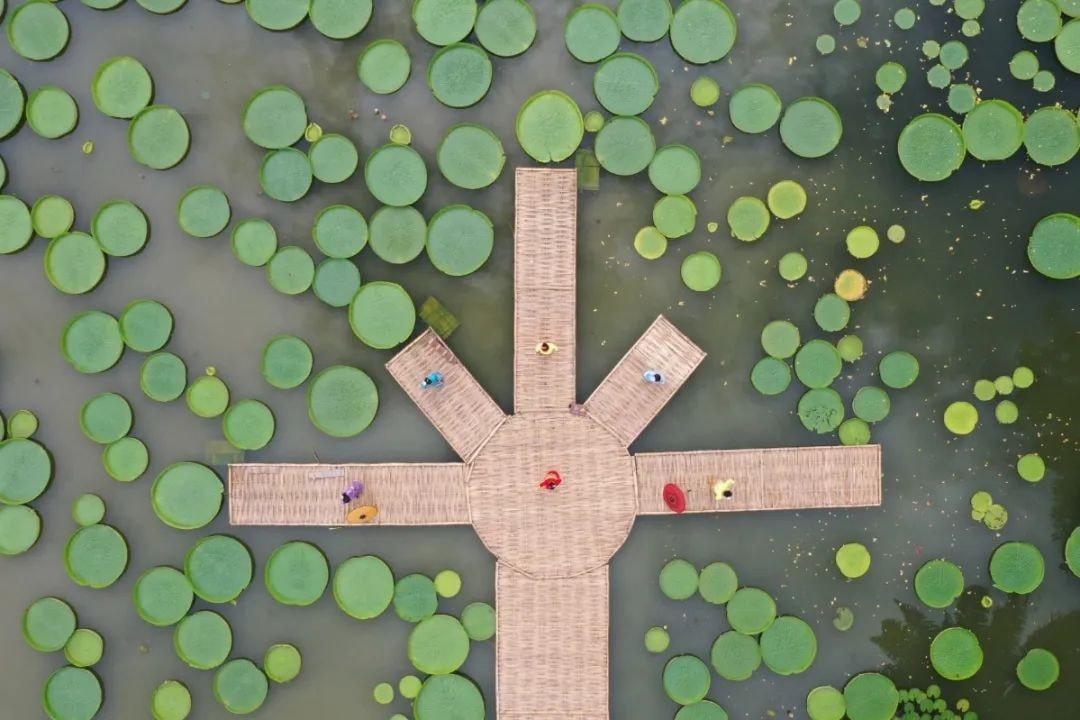
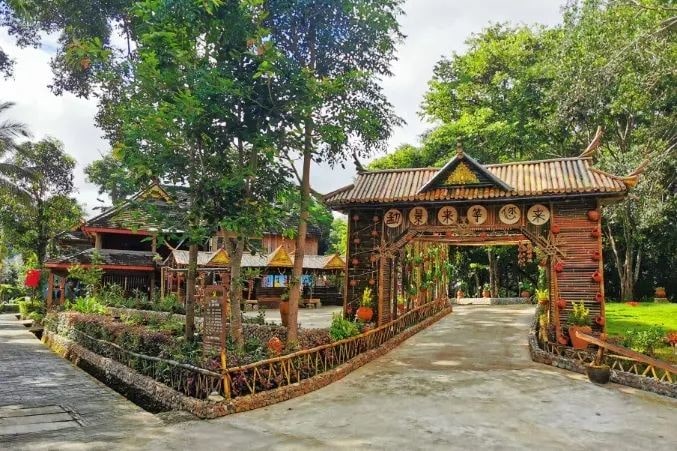
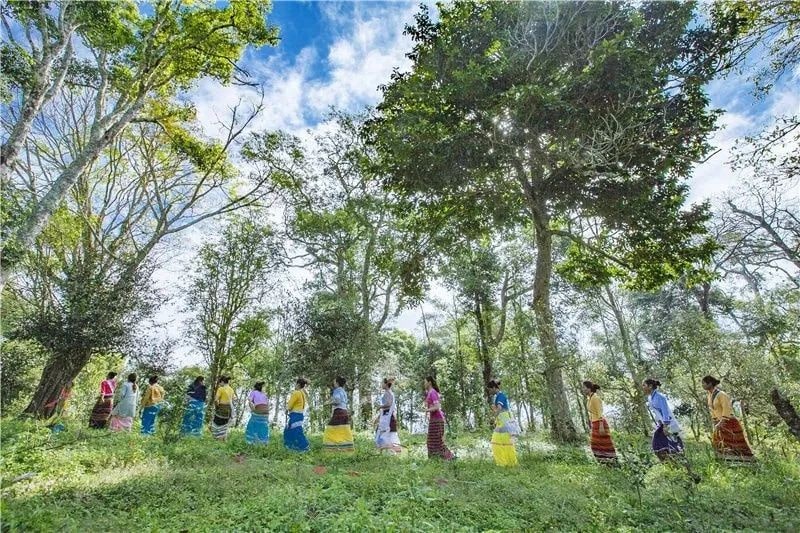
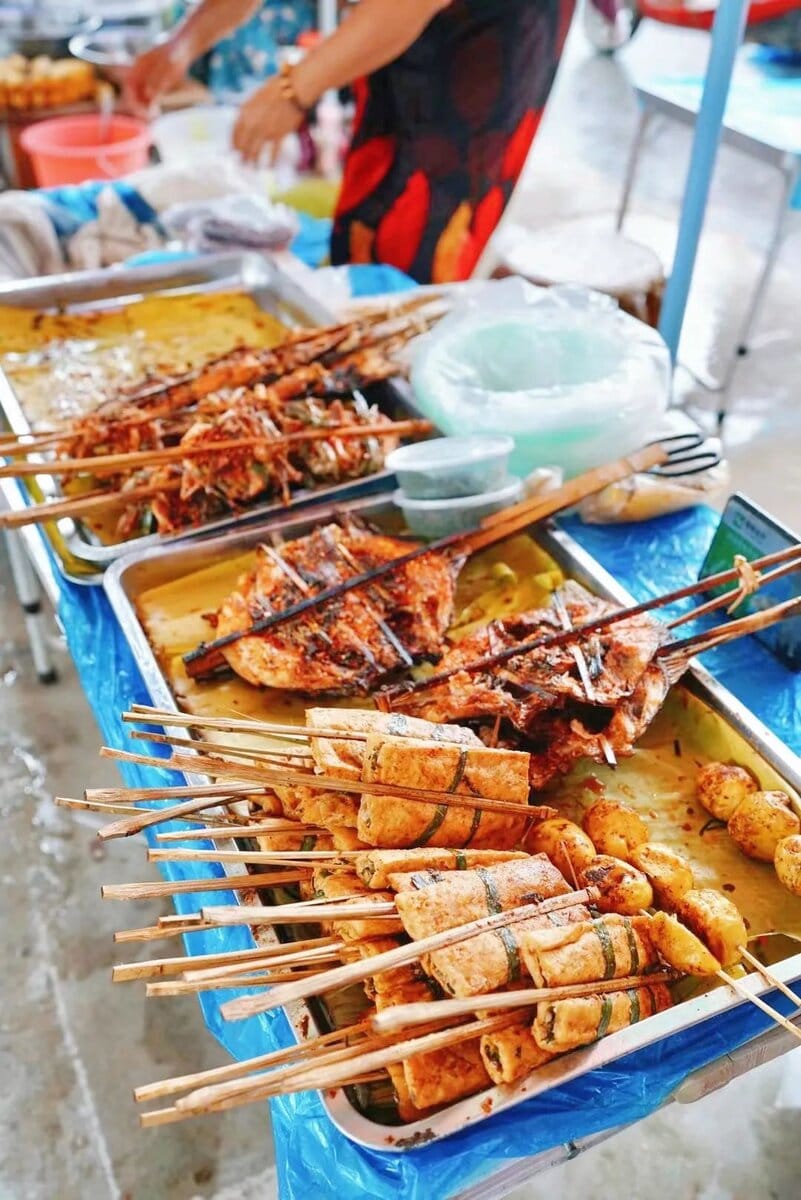
There were also enthusiastic guests who directly brought their hometown specialties, simultaneously giving a hard promotion.
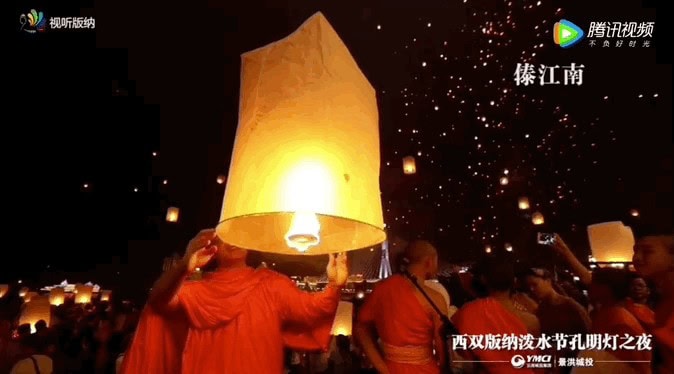
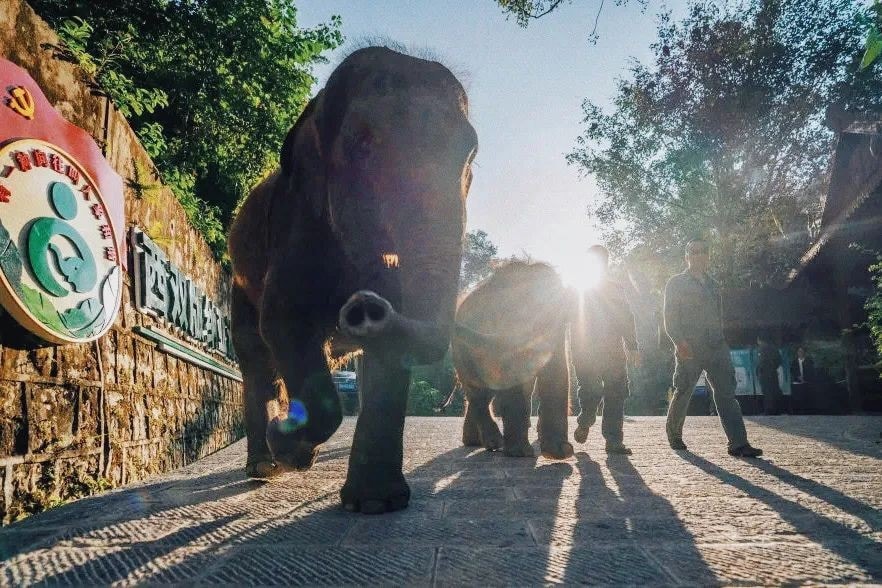
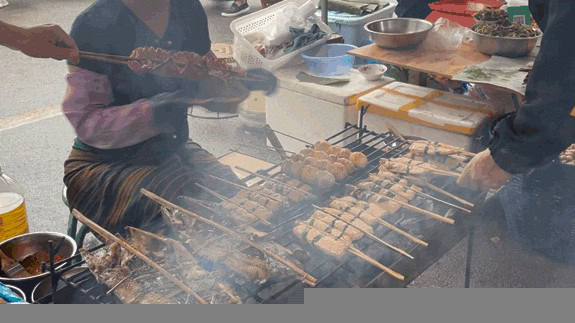
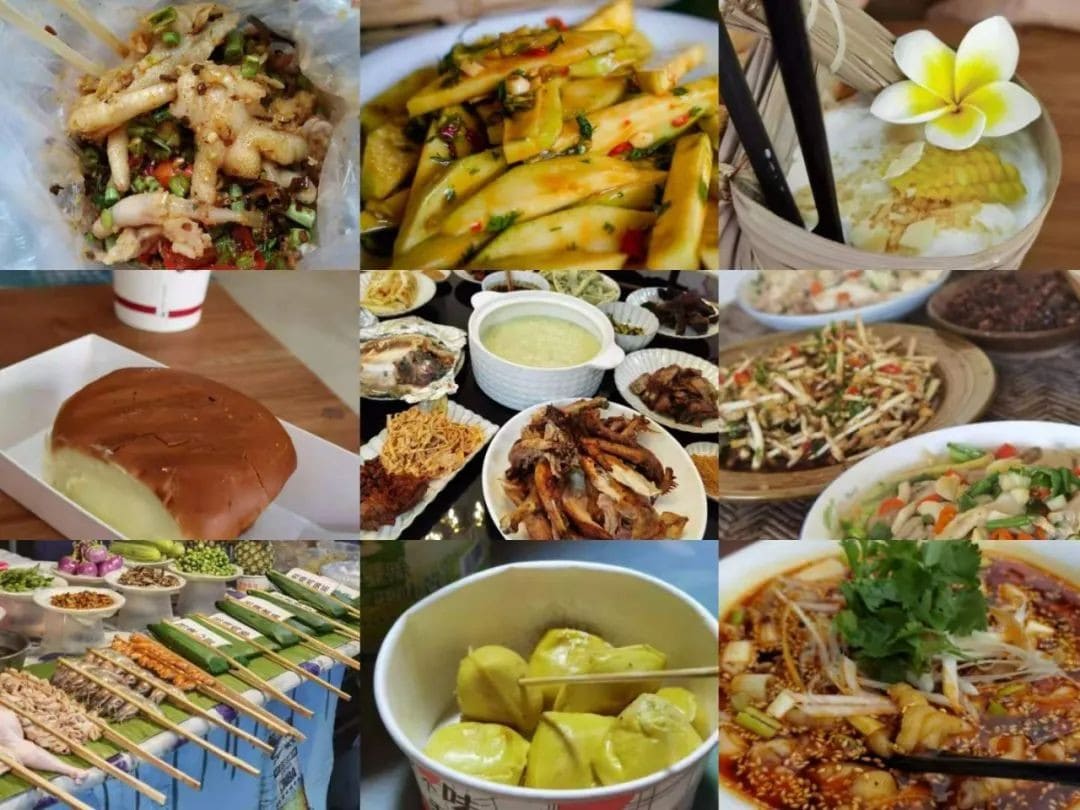
No matter how much netizens joked around, it was still a way to find joy amidst hardships. But this year, with the full restoration of Xishuangbanna’s Water Splashing Festival, there’s no need to “fight” through internet cables; you can witness the strength face to face!
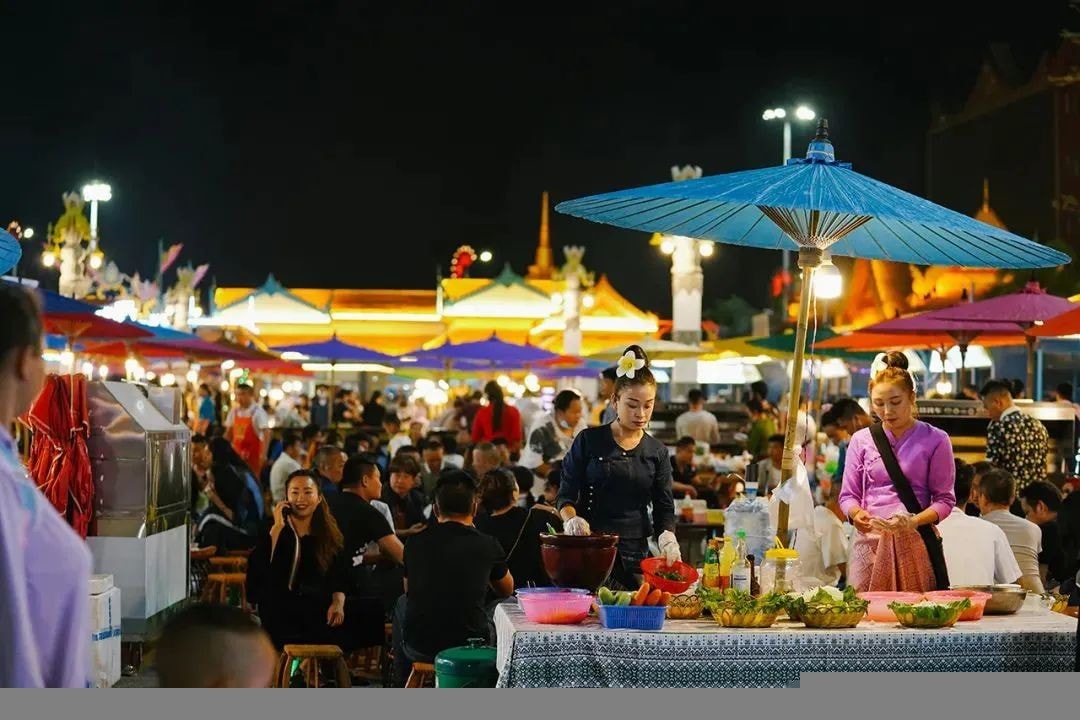
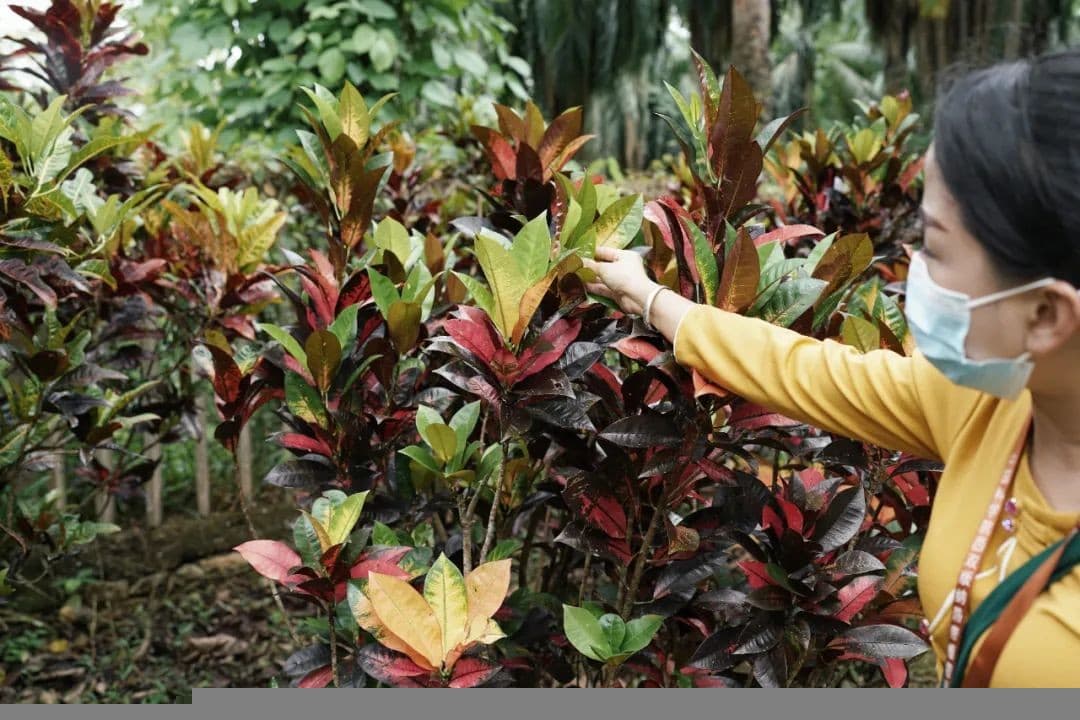
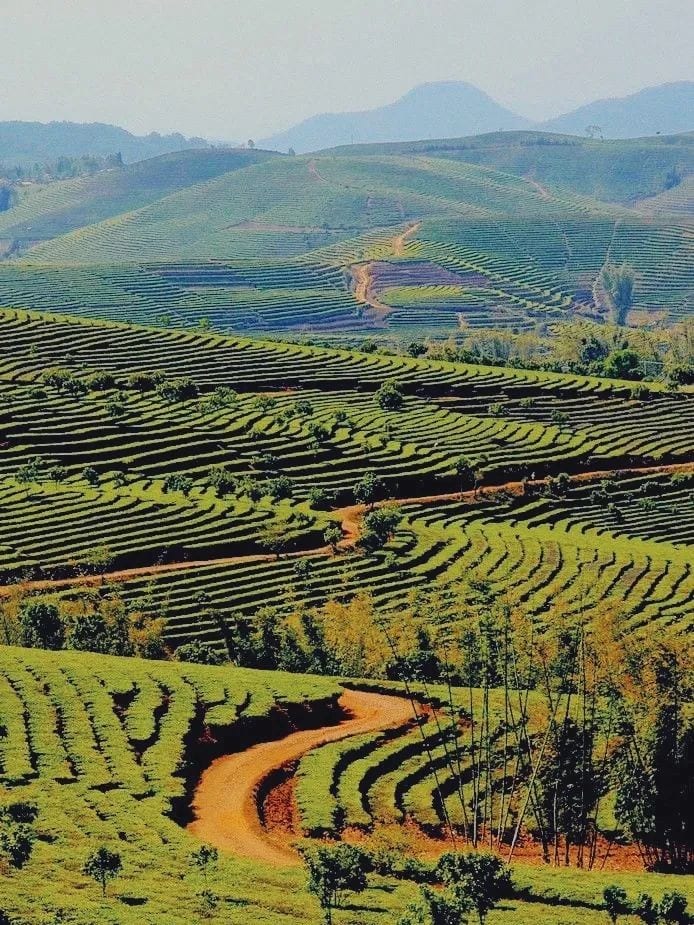
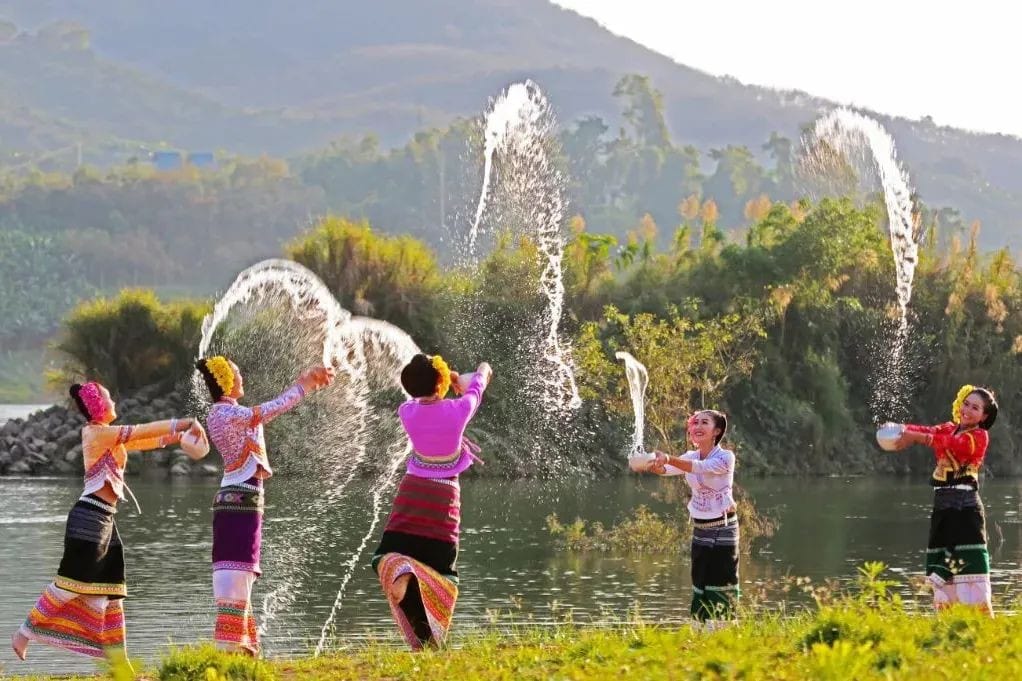
The 2023 Water Splashing Festival will be held from April 13-15, spanning three days.
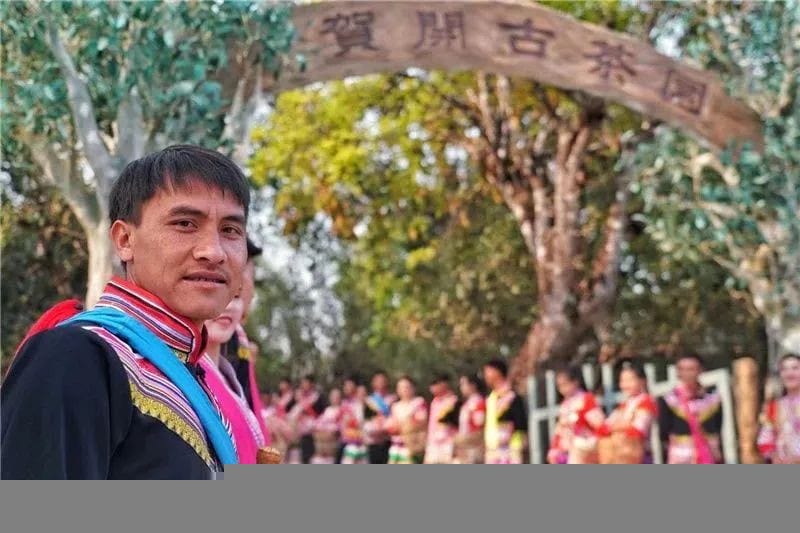
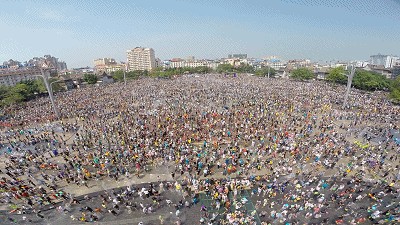
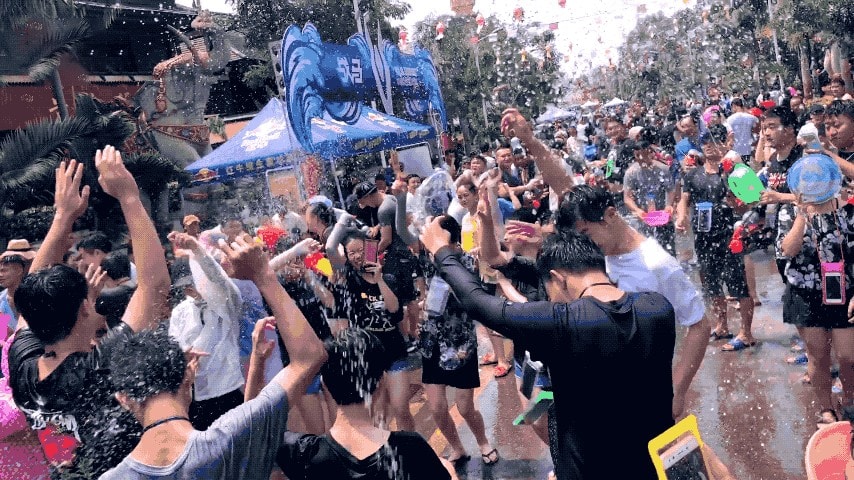
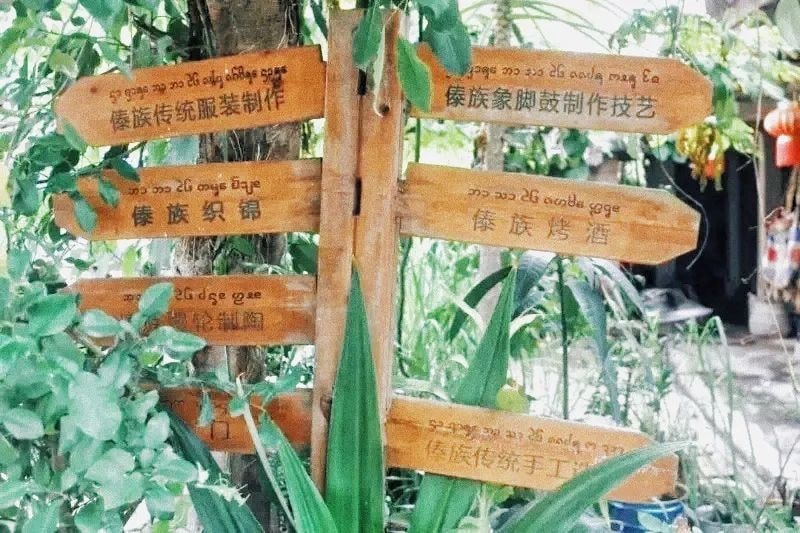
By the way, if you go to the Xishuangbanna Water Splashing Festival, you’ll need to use the weekend plus some annual leave. But for the locals in Xishuangbanna, they get a full five days off without needing to make up the time later.
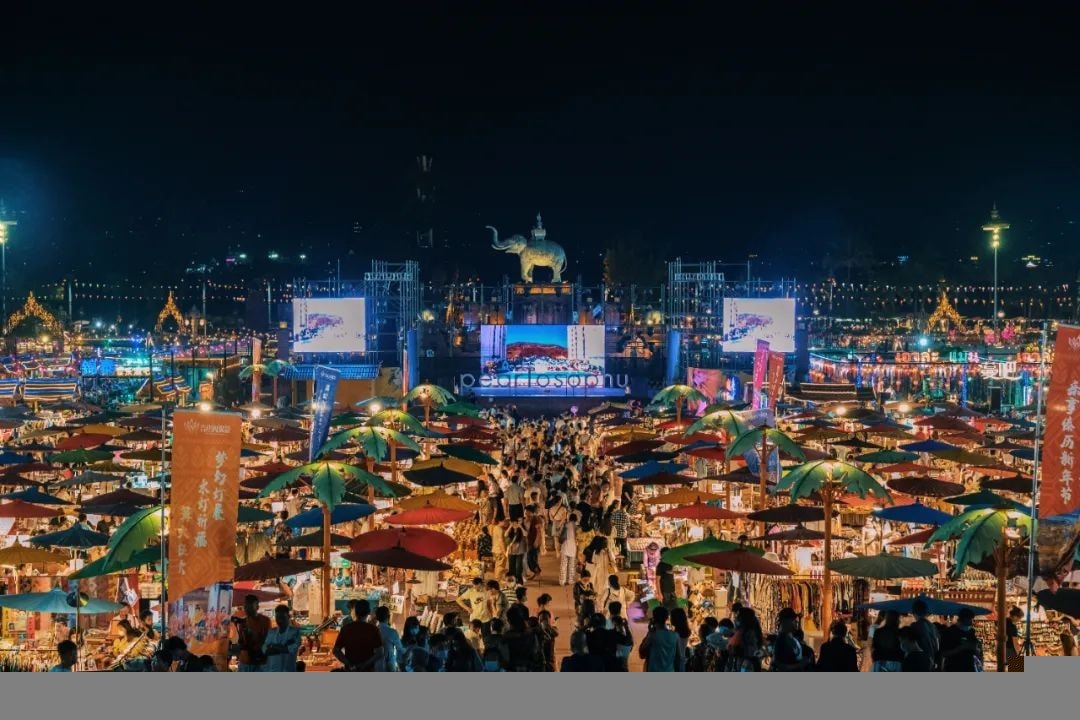
The water splashing itself carries the beautiful wish of washing away diseases and disasters. This year marks the 70th anniversary of Xishuangbanna Prefecture, and combined with everyone being pent up for three years, this year’s Water Splashing Festival is packed with buffs, making the scale quite grand!
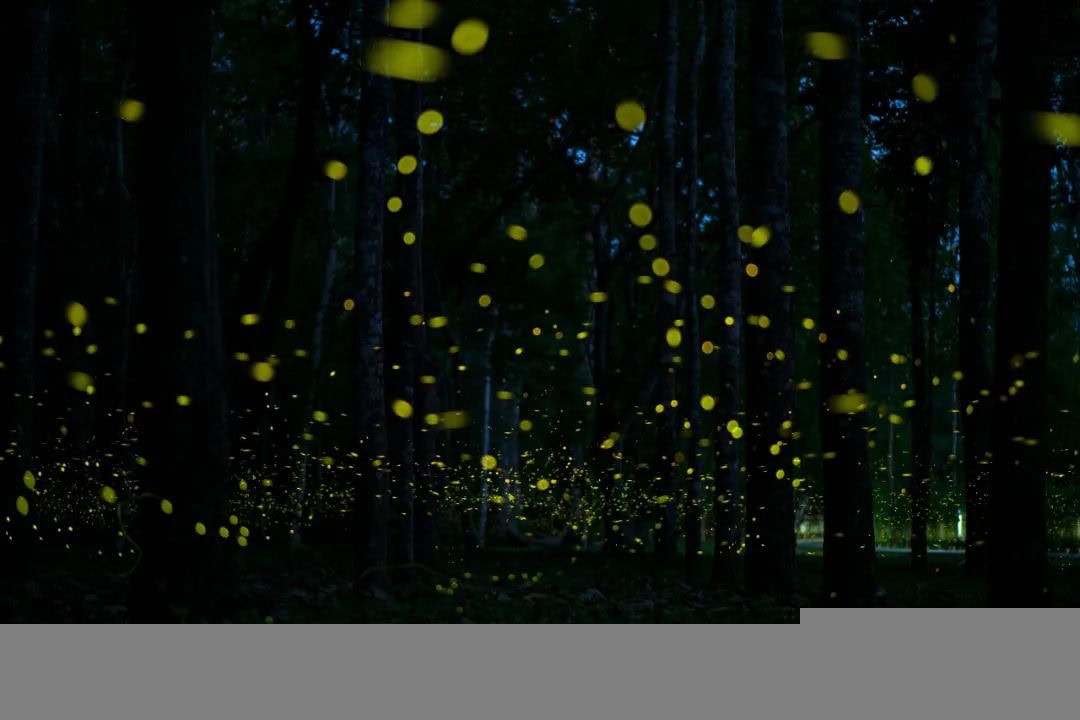
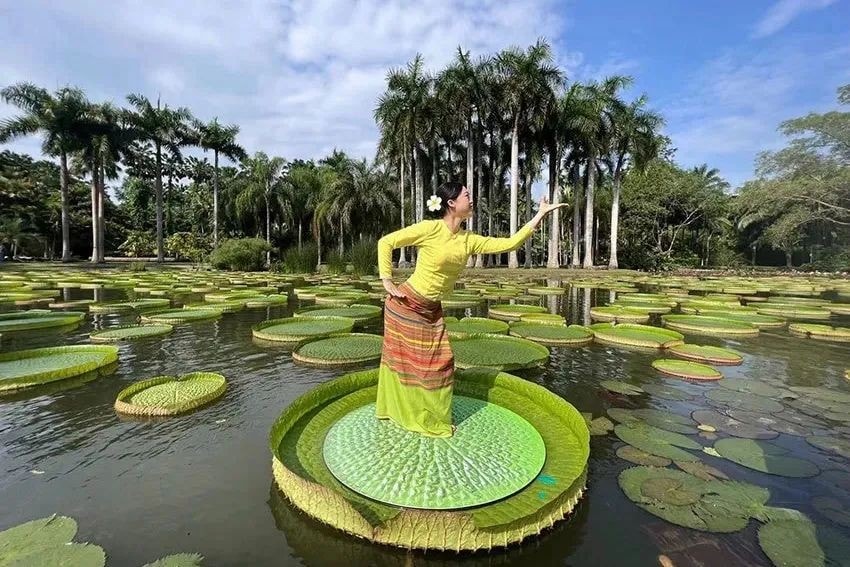
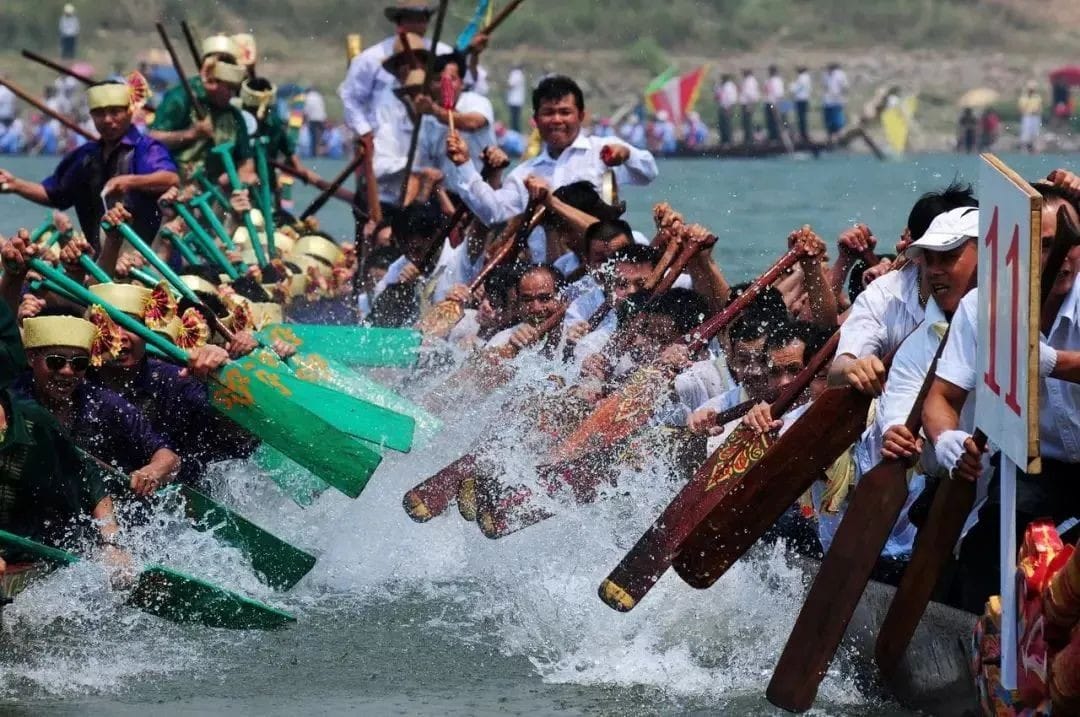
The entire Dai New Year celebration revolves around the theme of water. The event kicks off with the traditional dragon boat race, which boasts a history of more than 1,000 years and holds significant importance in Dai culture.
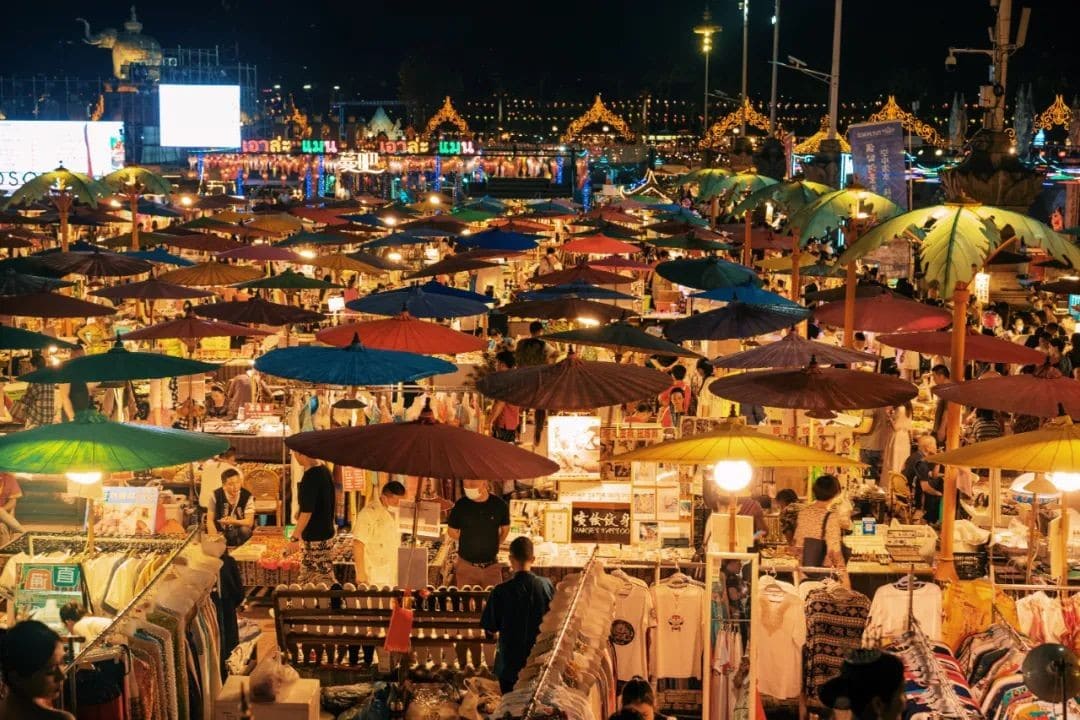
Personally, I am most excited about the evening of the 13th, when thousands of sky lanterns are released. The spectacle is incredibly beautiful and profoundly moving.
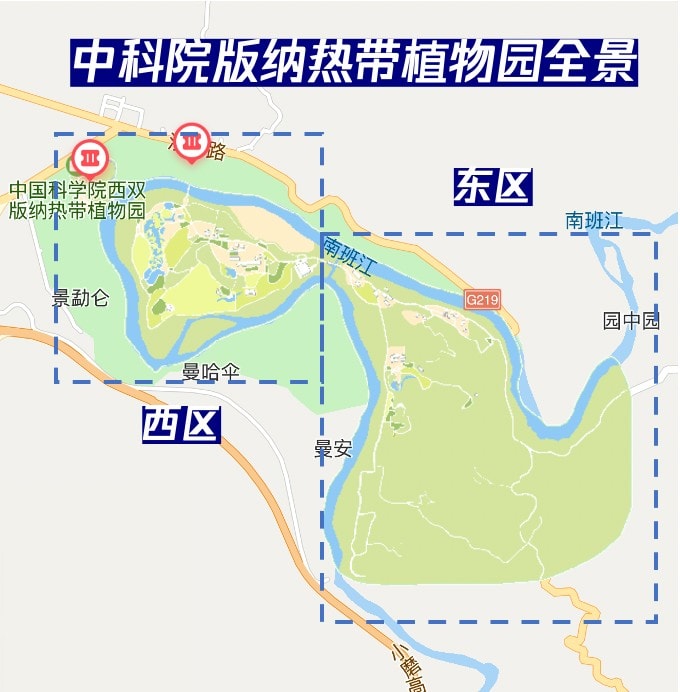
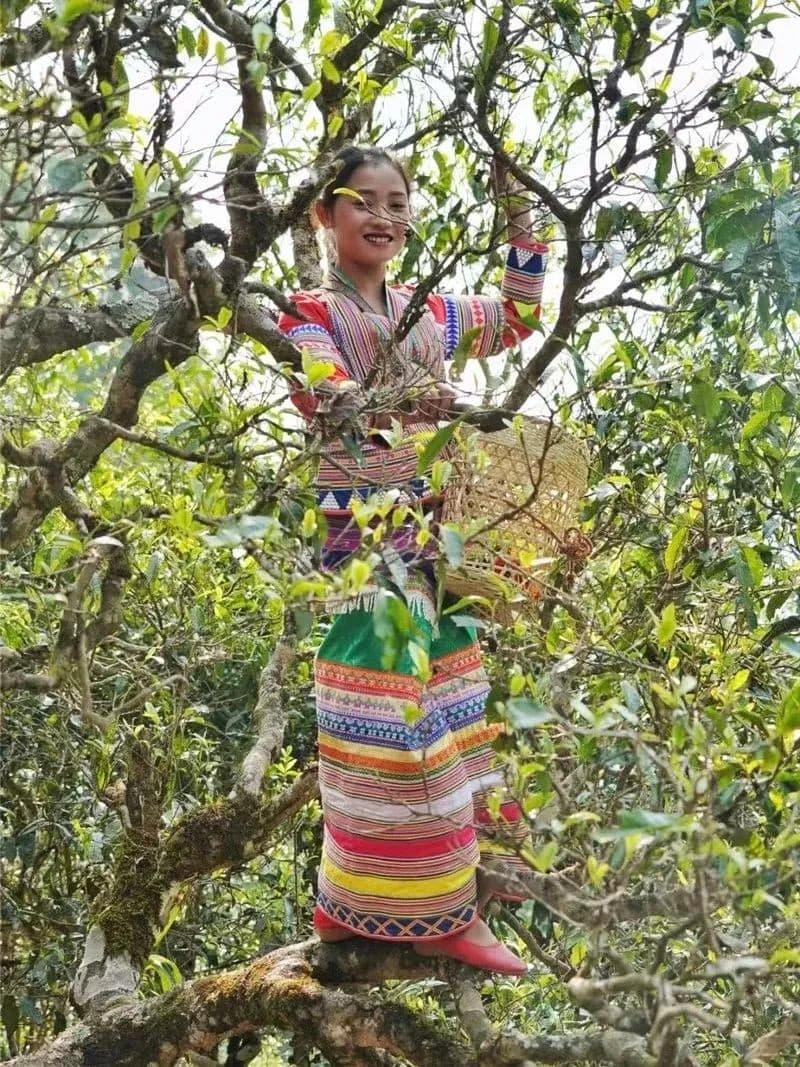
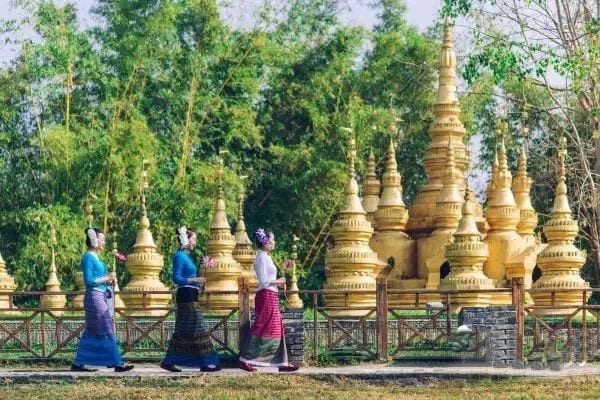
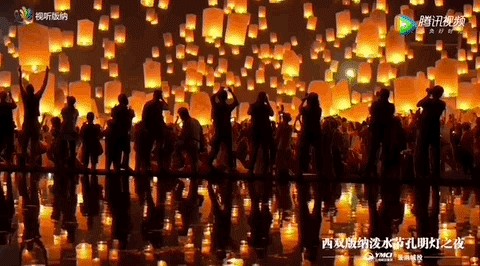
As the monks chant prayers and blessings, over ten thousand sky lanterns are lit and ascend into the air. For a moment, the night sky over Xishuangbanna is illuminated; the countless flickering lights in the sky symbolize people’s heartfelt wishes and aspirations.
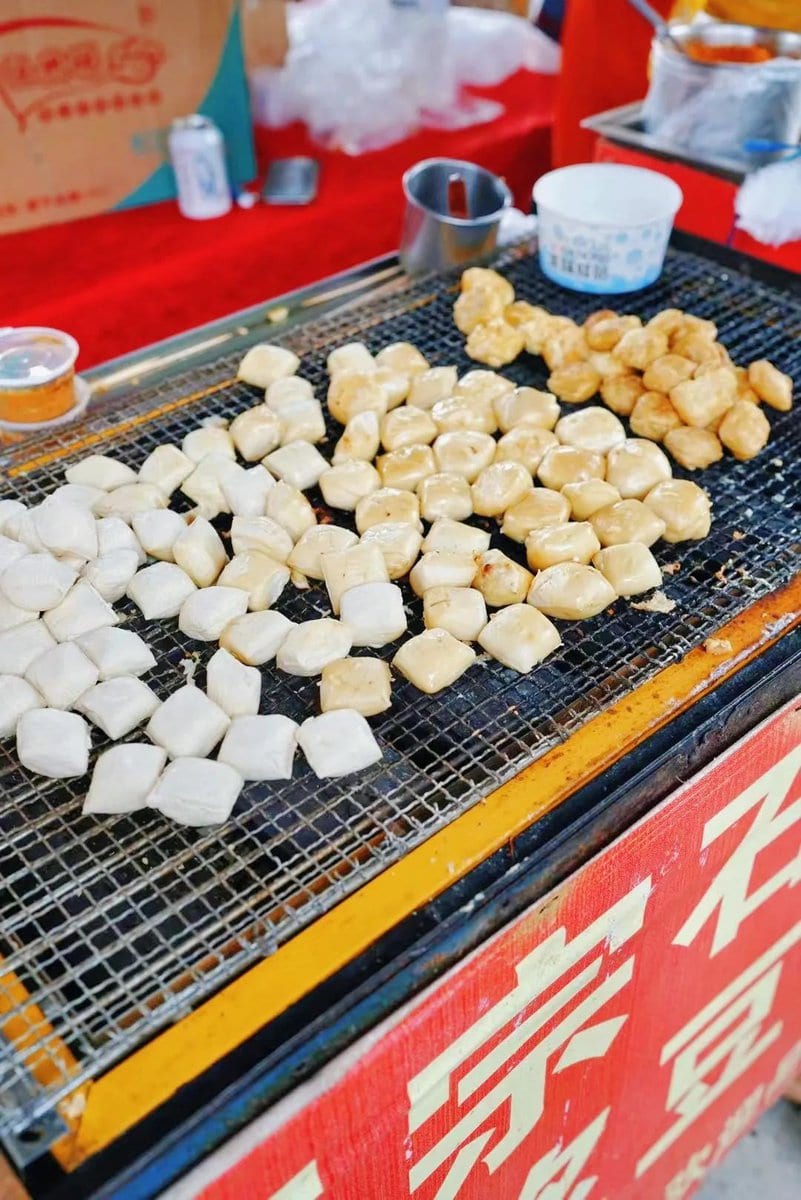
On this night, Dai people of all ages dress in their finest attire to participate in the festivities, creating a grand and visually delightful scene.
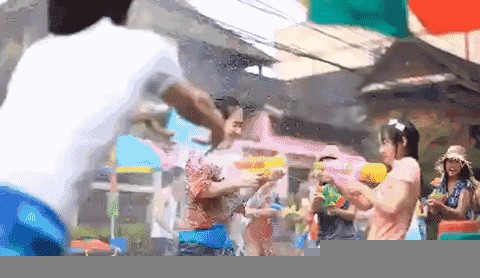
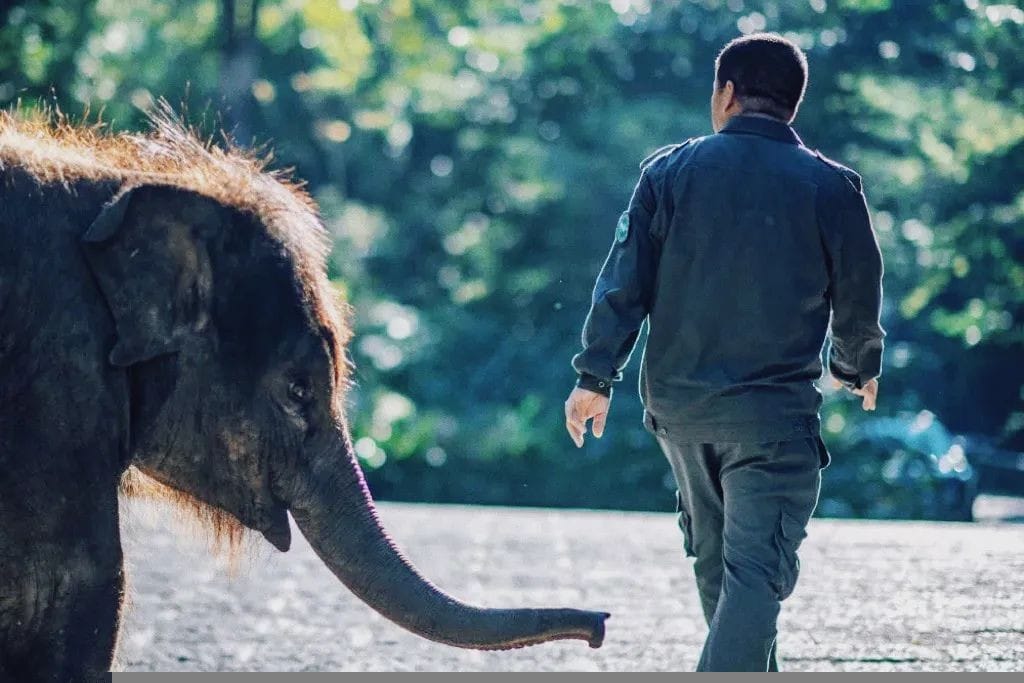
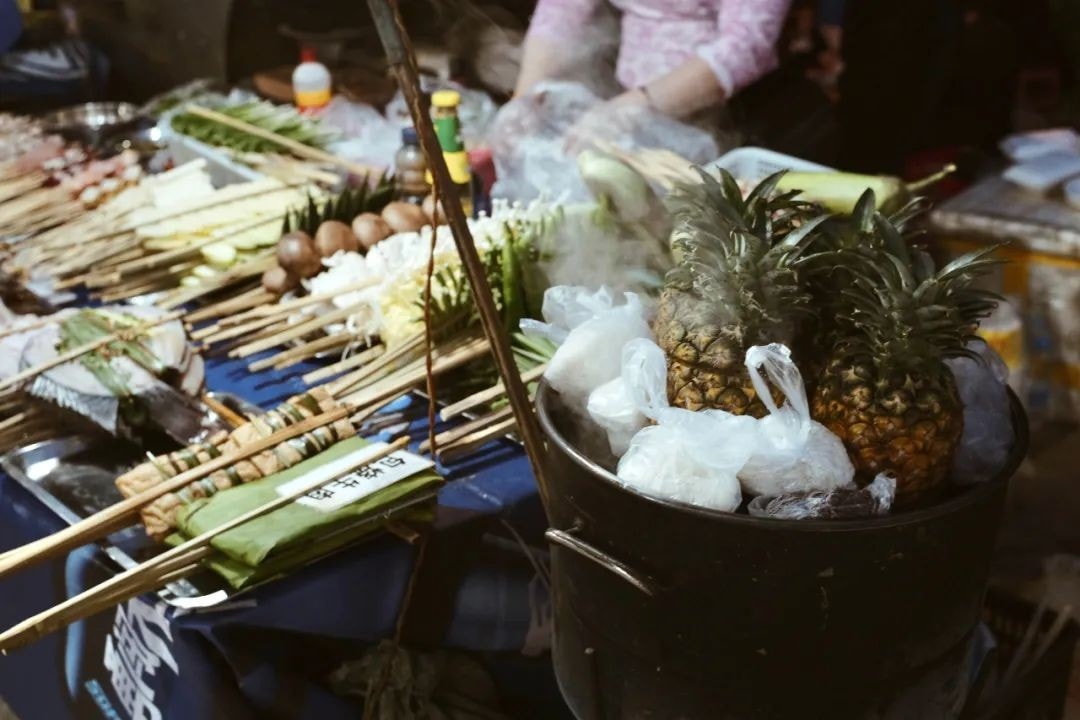
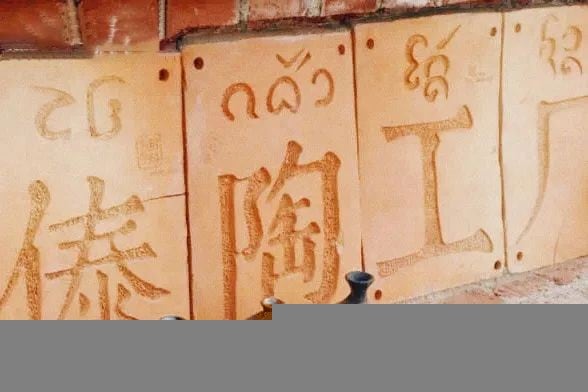
Moreover, from 8 PM to midnight, all flights to Xishuangbanna are suspended. I highly recommend experiencing the atmosphere of the mass sky lantern release in person, as words alone cannot capture the emotional impact.
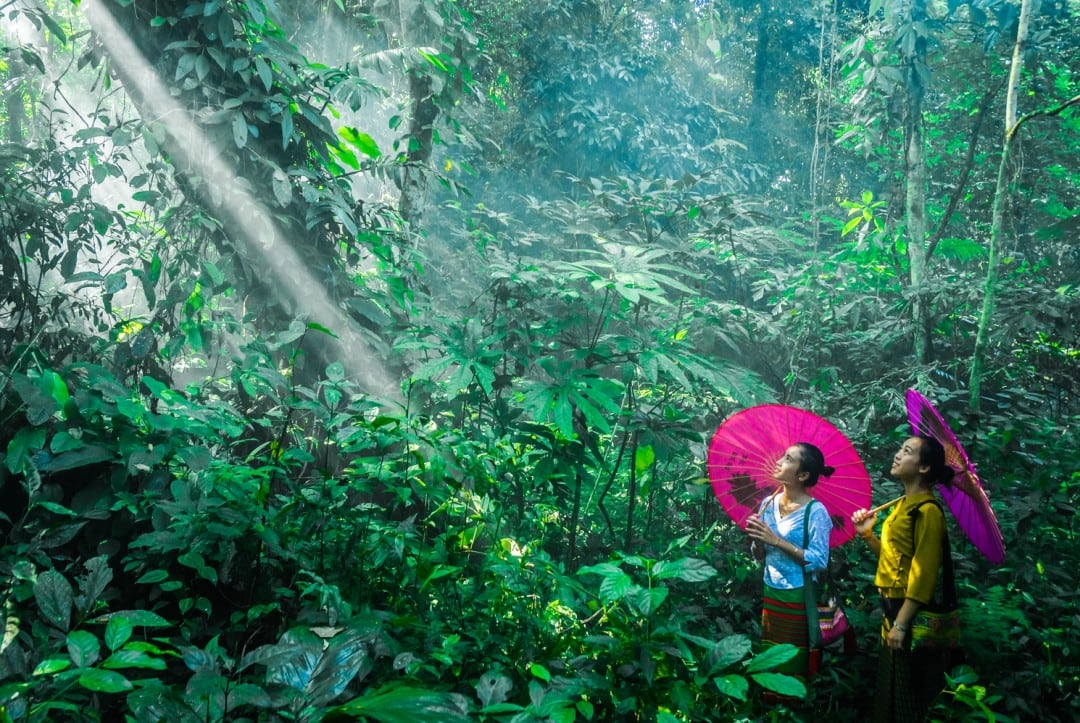
On the 14th, you absolutely cannot miss the bustling market activities.
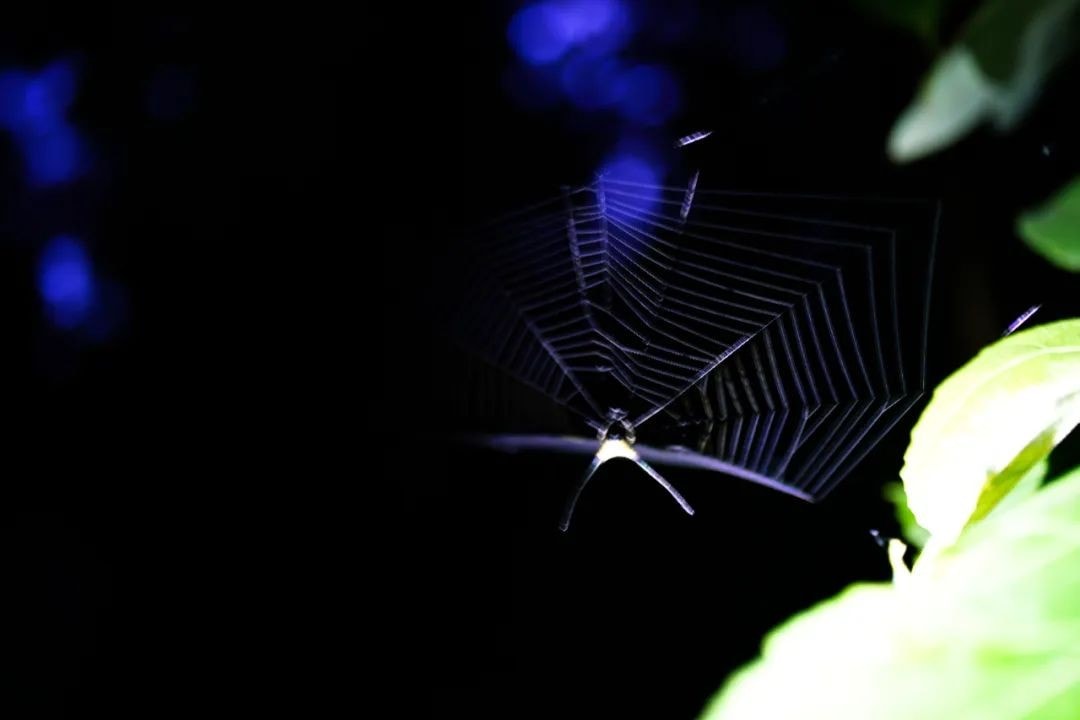
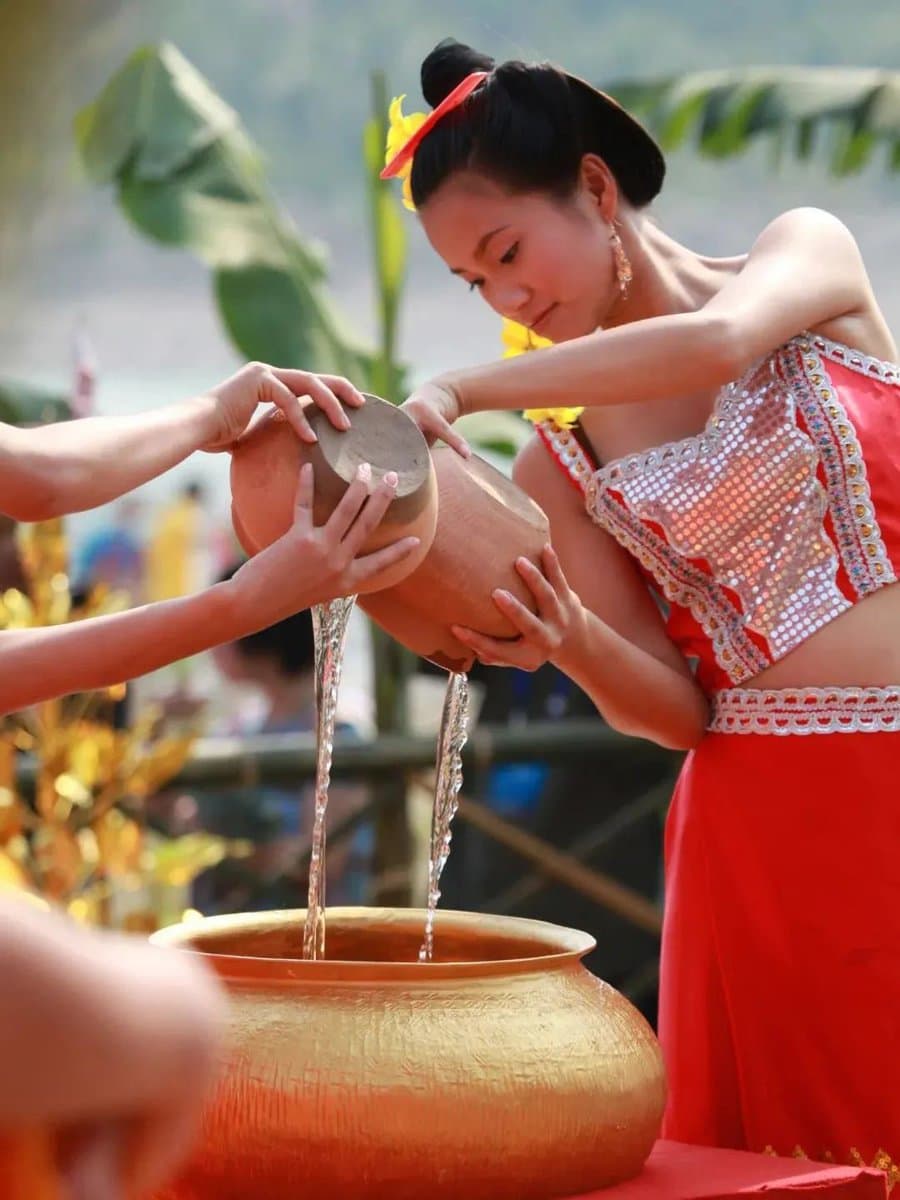
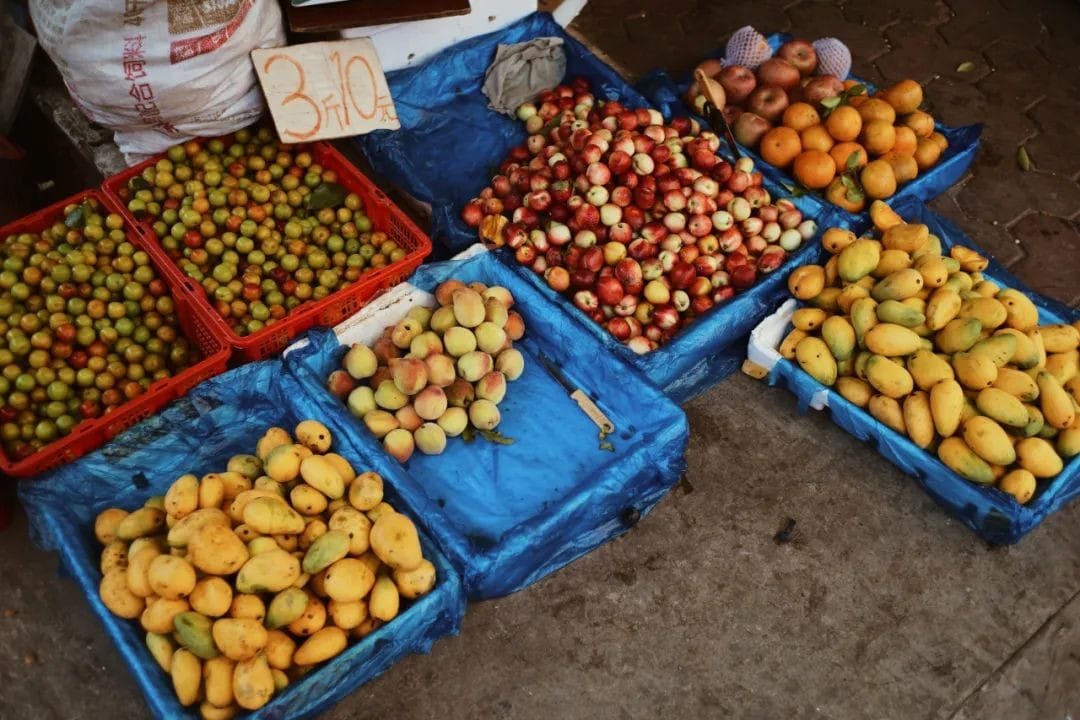
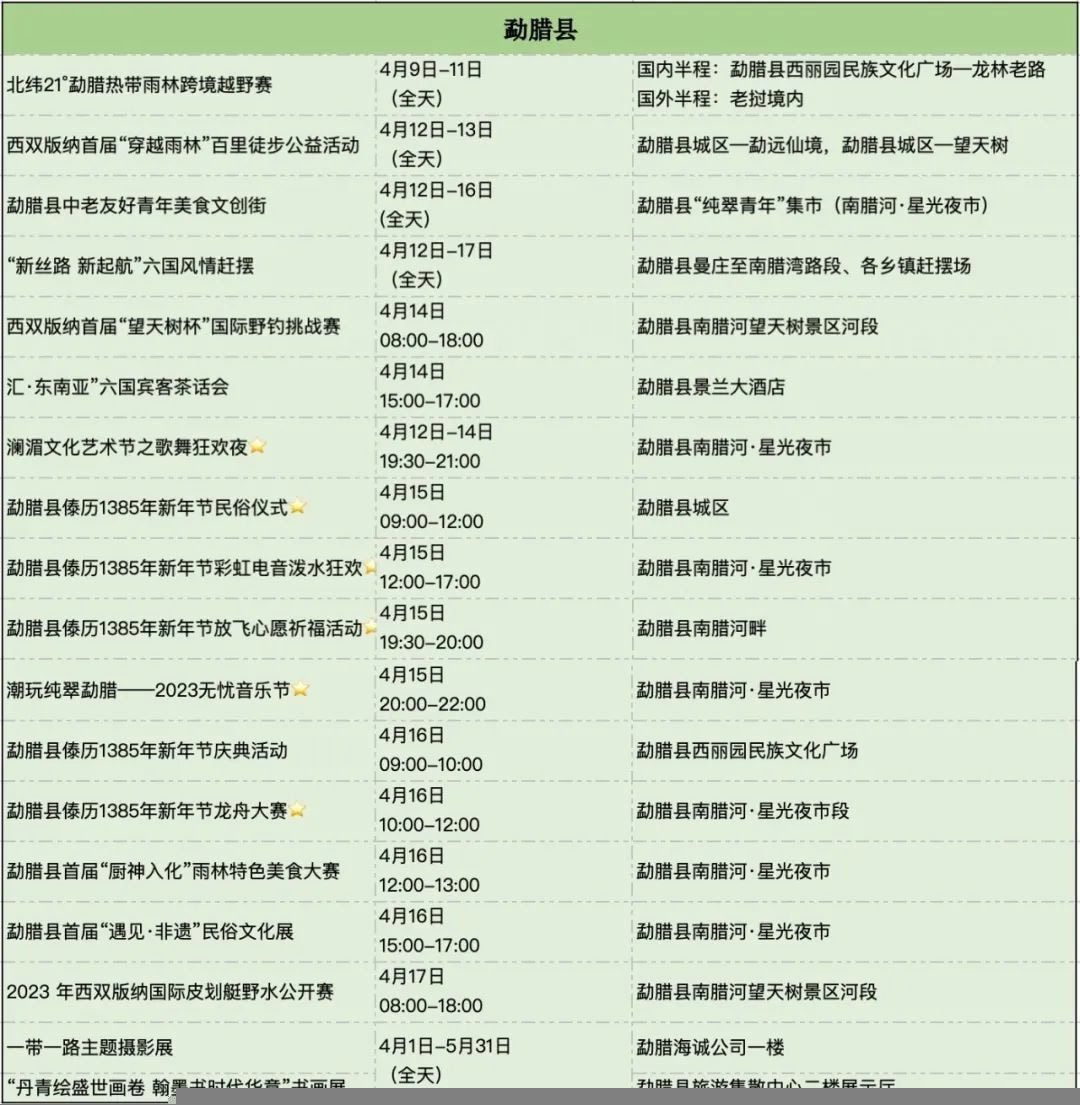
As shareholders of Xiyou, we are very fond of Yunnan’s markets and fairs. There’s always a chance to see and taste various exotic and unnamed local products, adding to our repository of quirky knowledge.
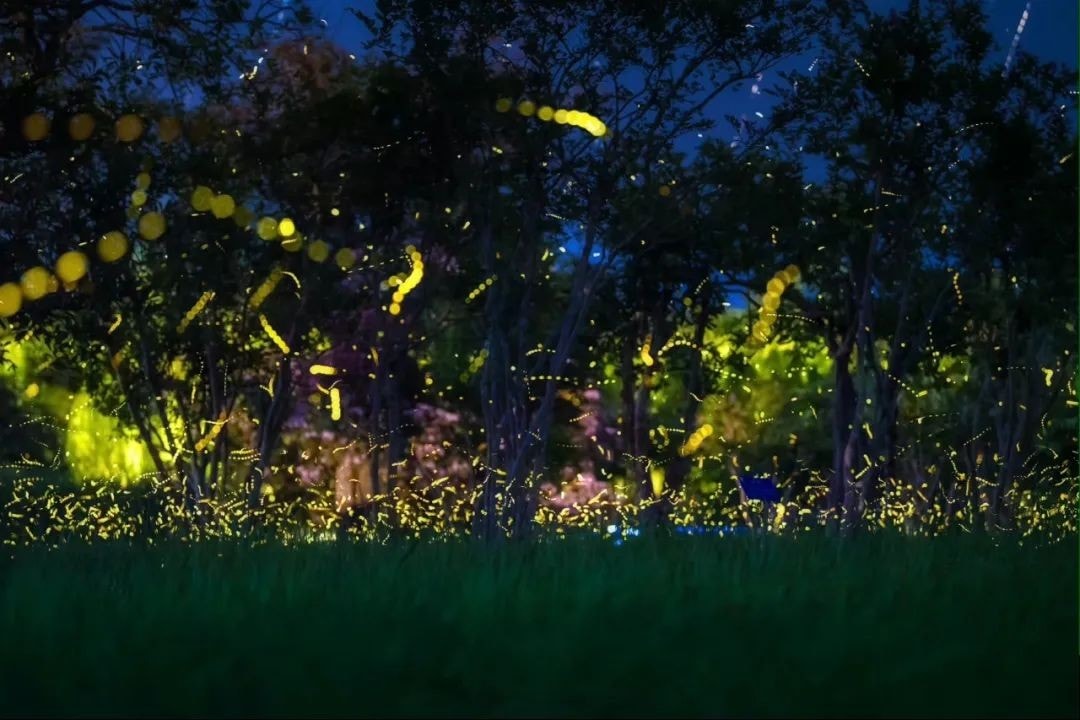
The pictures below were taken during regular market days in Banna. During the Water Splashing Festival, the markets are even more lavishly filled.
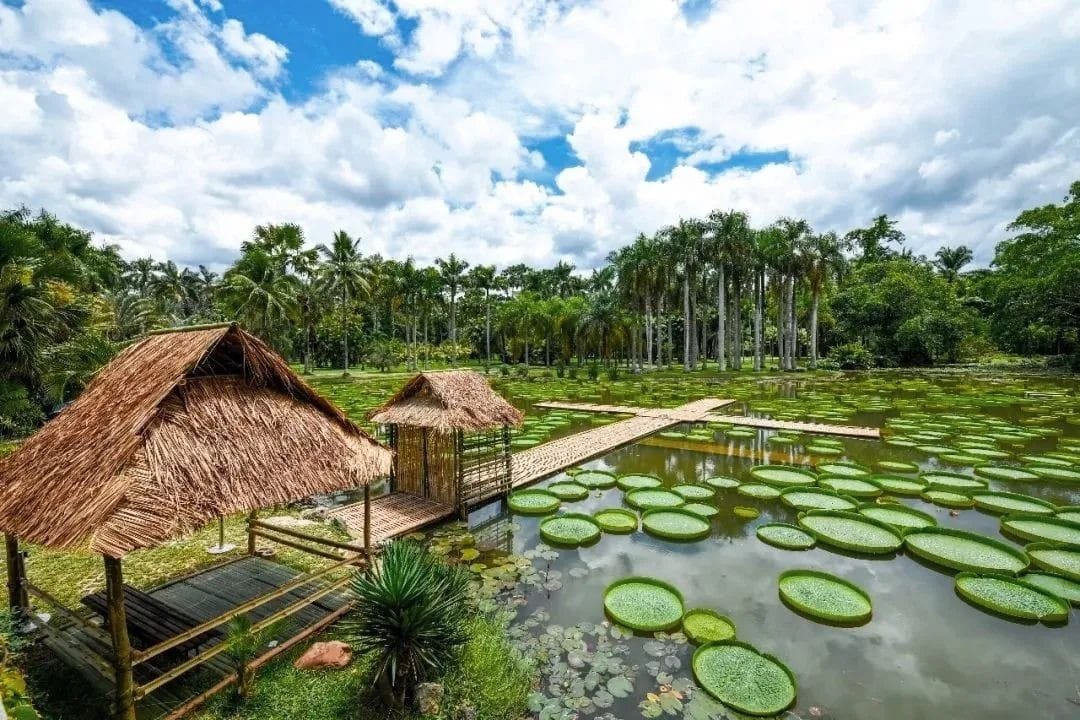
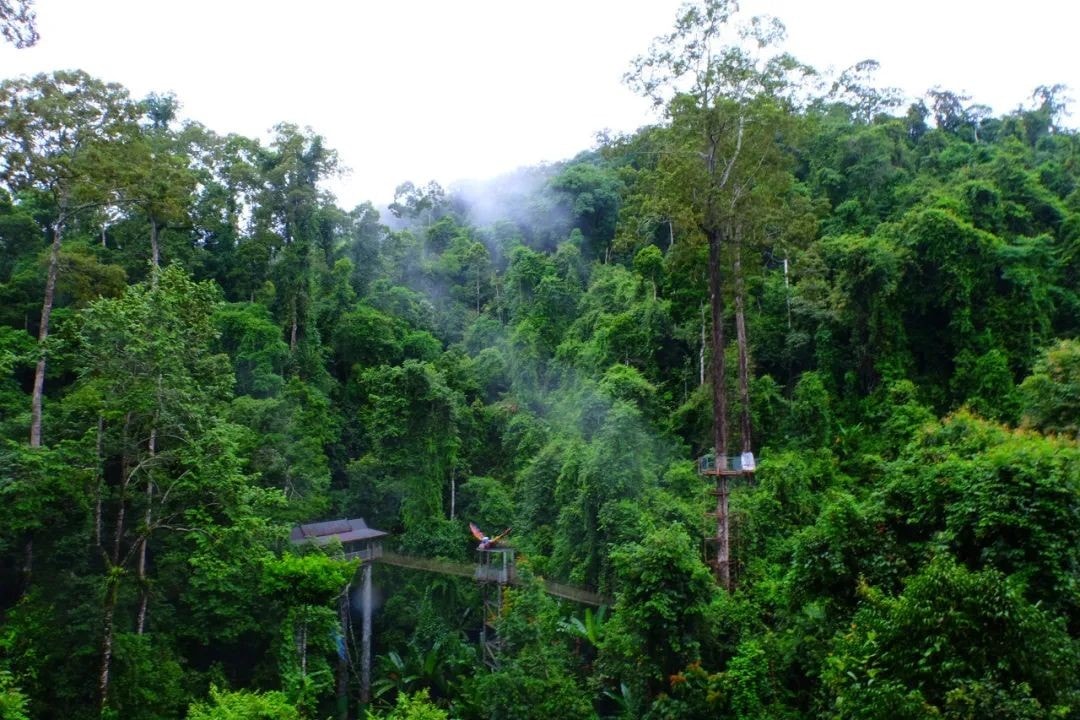
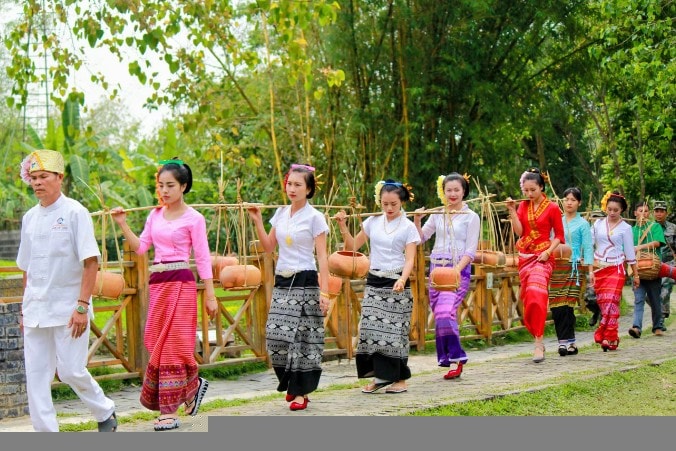
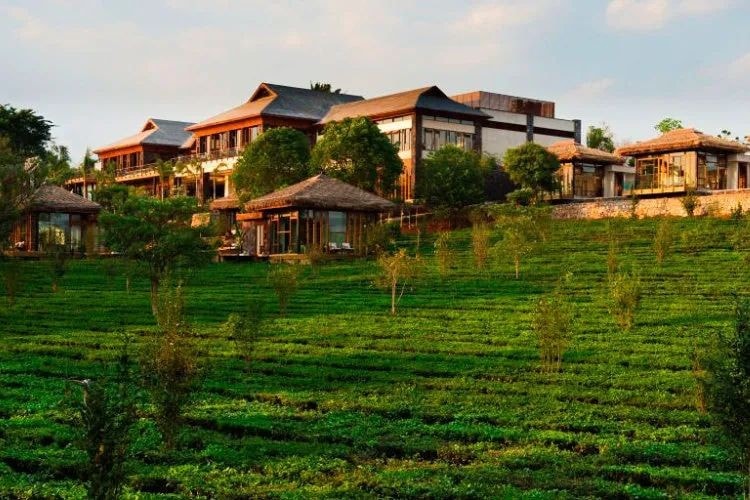
You don’t need to prepare a food guide in advance. Just stroll from one end of the bustling market street to the other, and you can sample delicacies from across Yunnan’s various prefectures.
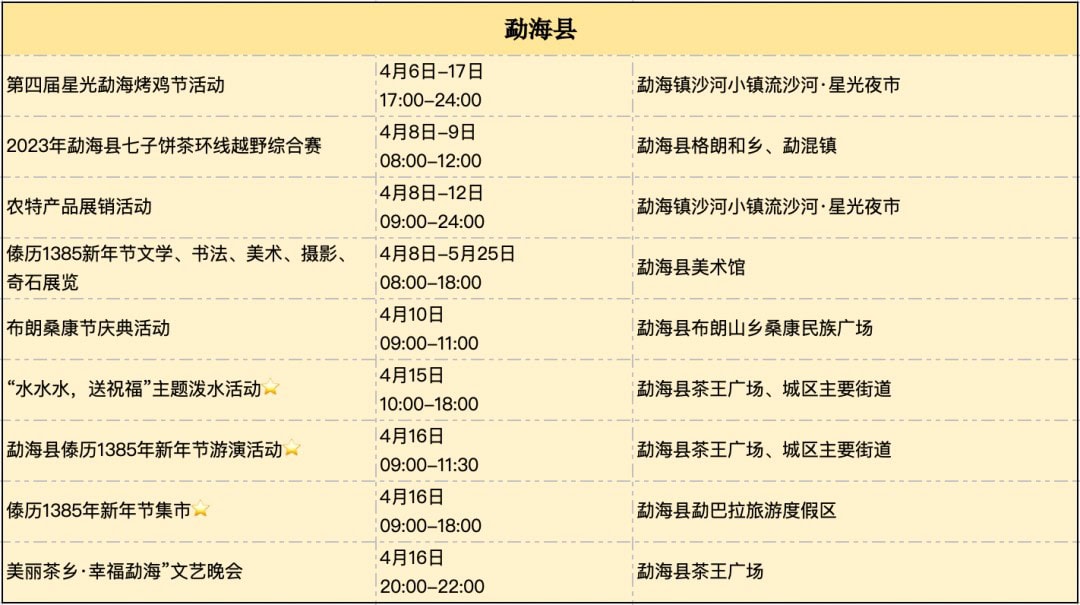
The climax of the Water Splashing Festival in Xishuangbanna occurs on the 15th, akin to the main course of a grand feast.
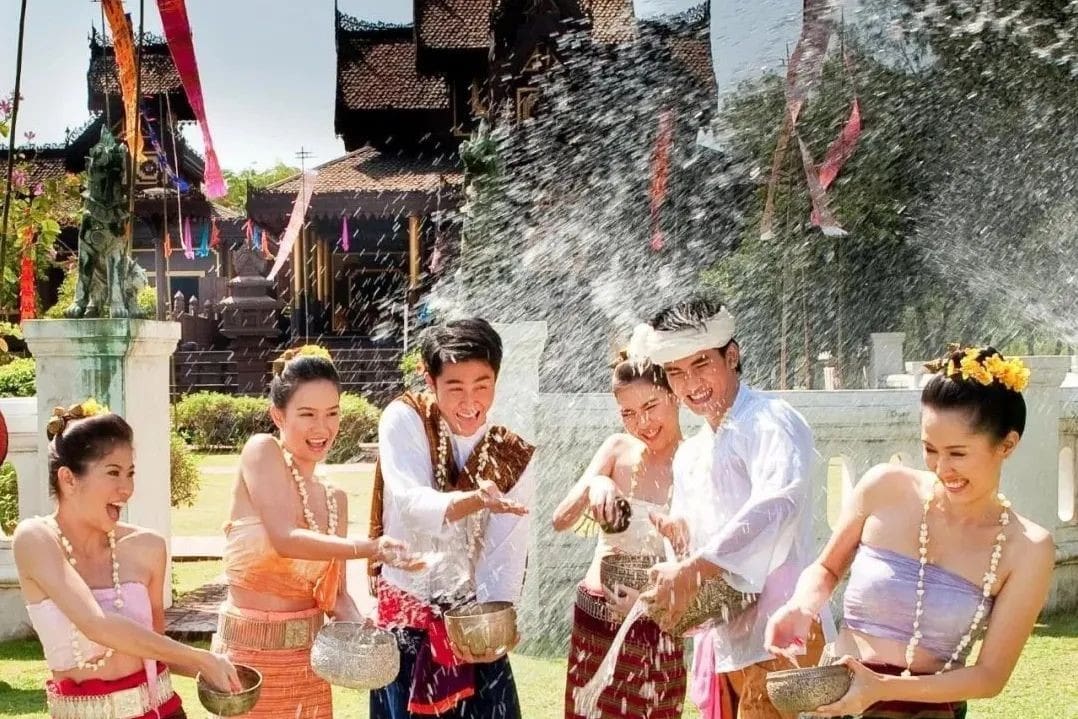
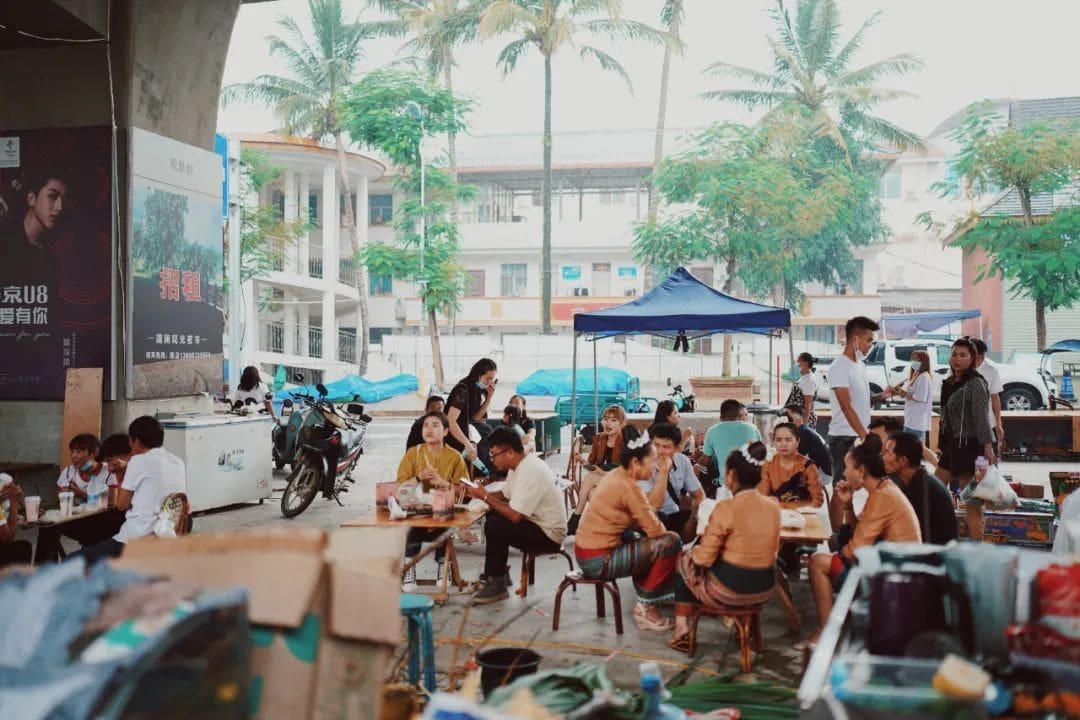
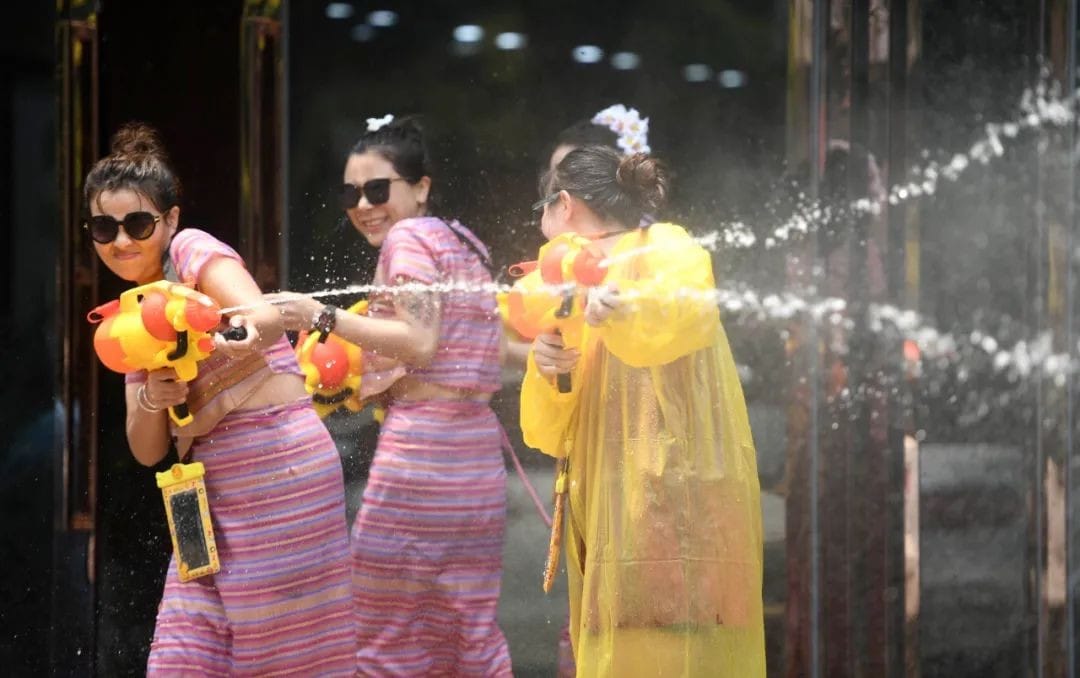
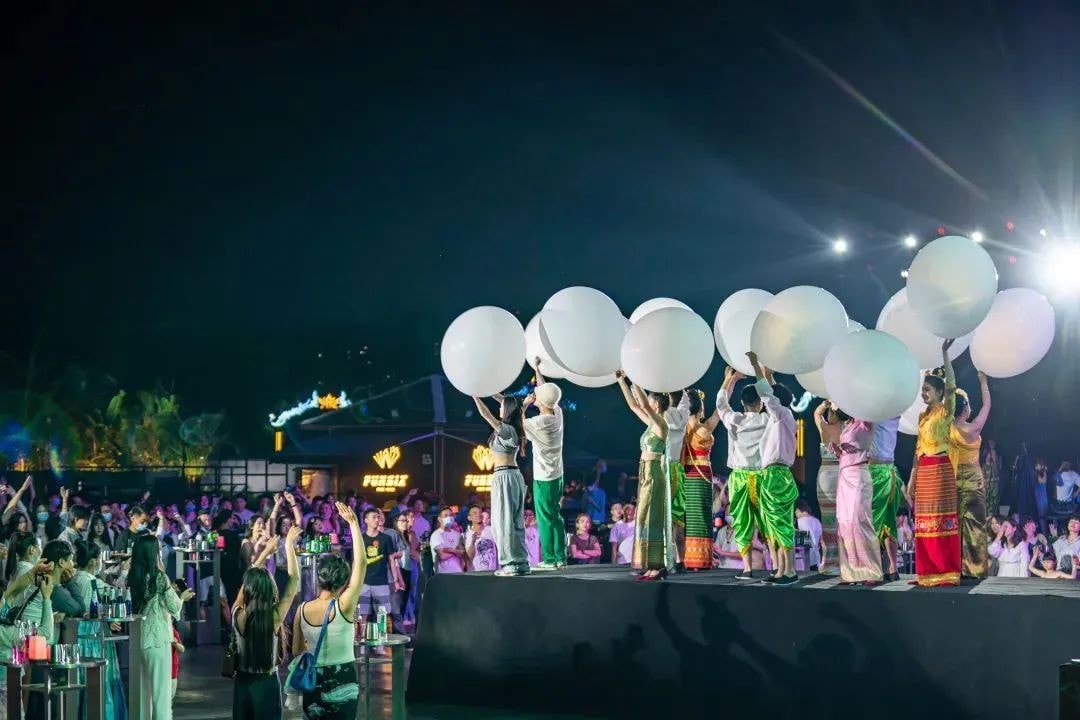
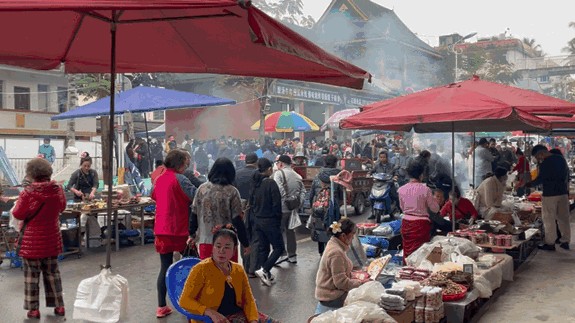
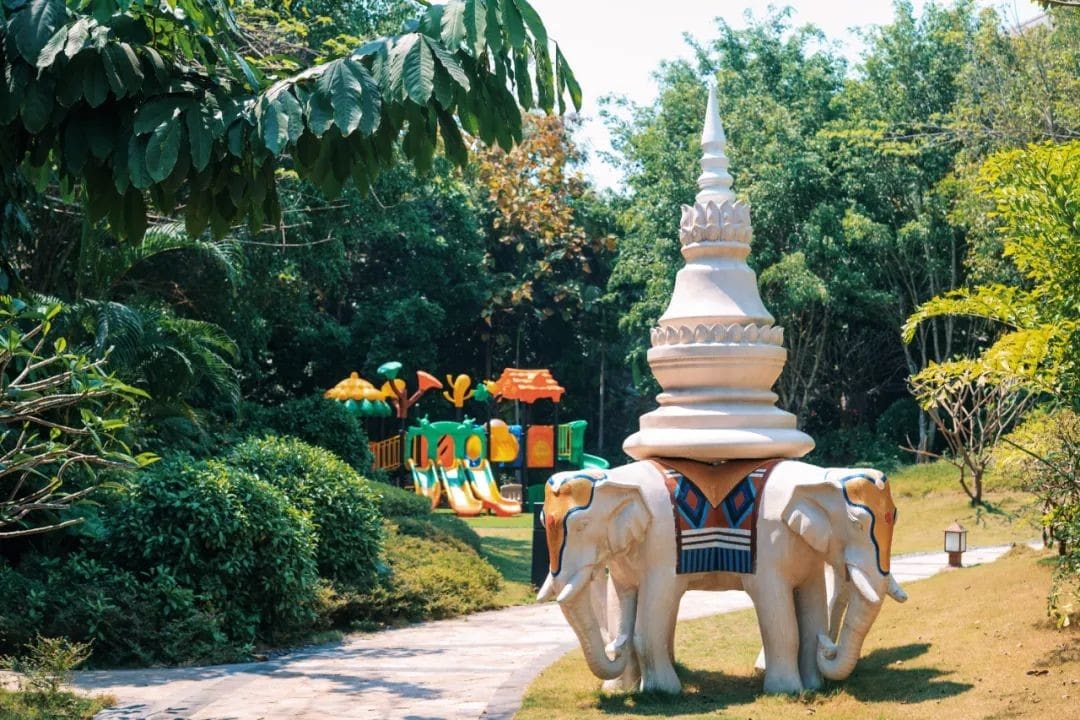
On this day, I suggest you start with the morning water-fetching ceremony. This grand ritual involves 12 young Dai women dressed in exquisite costumes, who fetch water from the Lancang River.
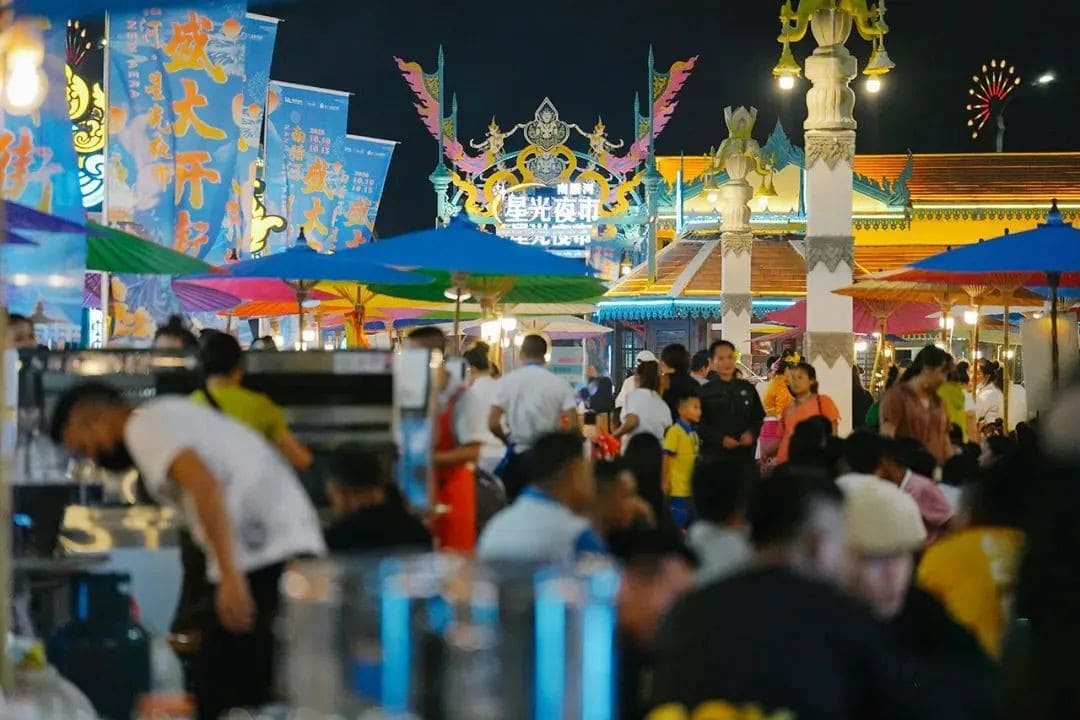
Amid the monks’ chanting, the young women sprinkle water over everyone, symbolizing the blessing of the New Year for all.
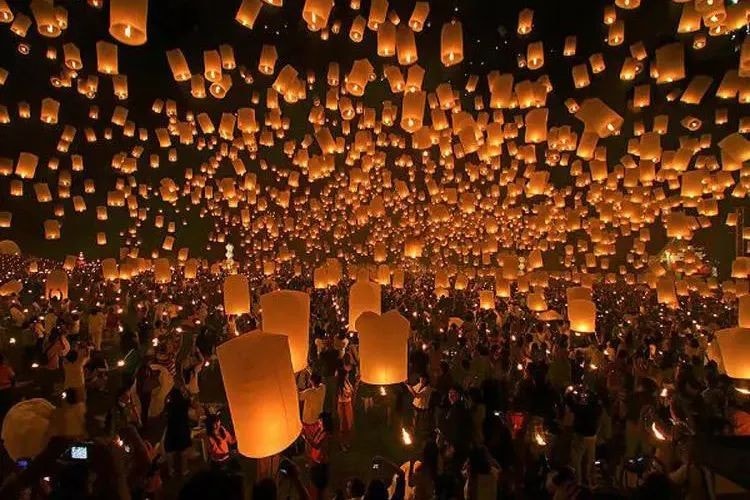
Next comes the main water splashing event that you’re familiar with. Although the official ceremony is held at the Splashing Square, the entire town of Jinghong transforms into a battleground for water fights.
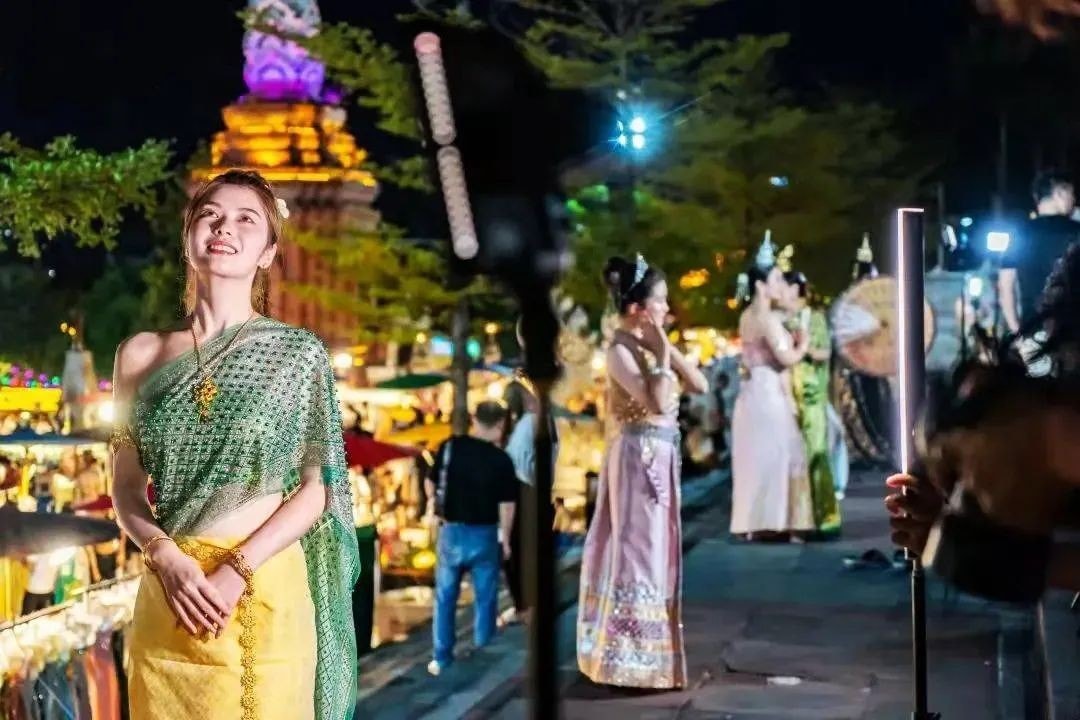
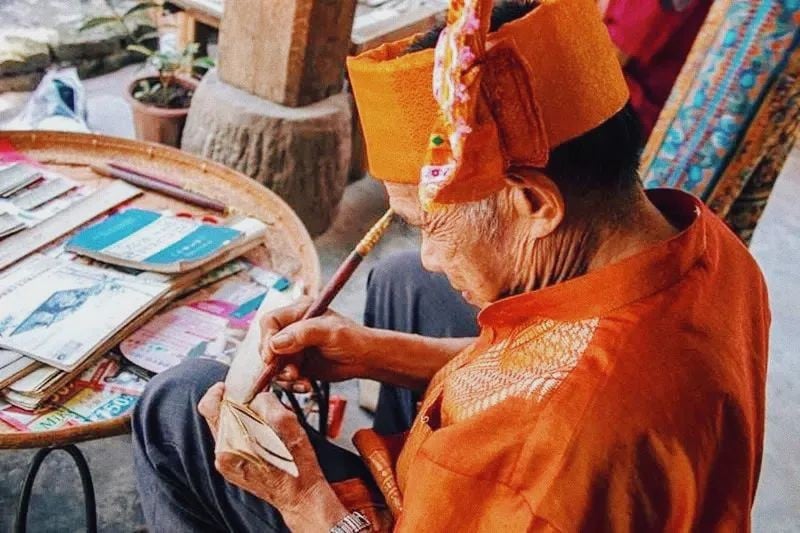
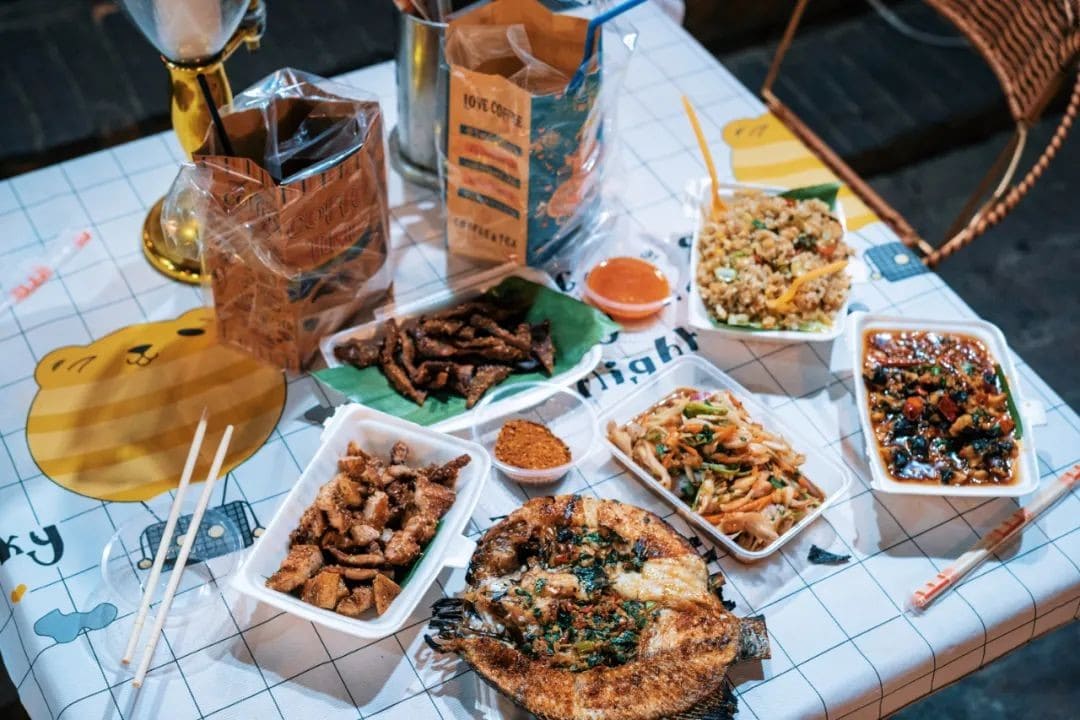

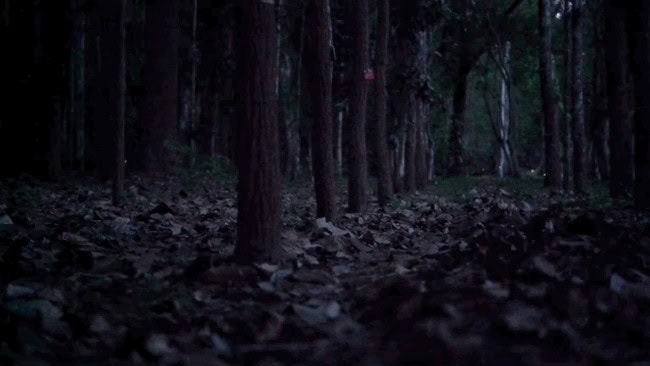
If you plan to bring a camera, make sure to protect it with a waterproof cover. It’s best to keep your phone in a waterproof bag and forget about staying dry yourself—wearing a raincoat won’t help much, you might as well embrace the fun.
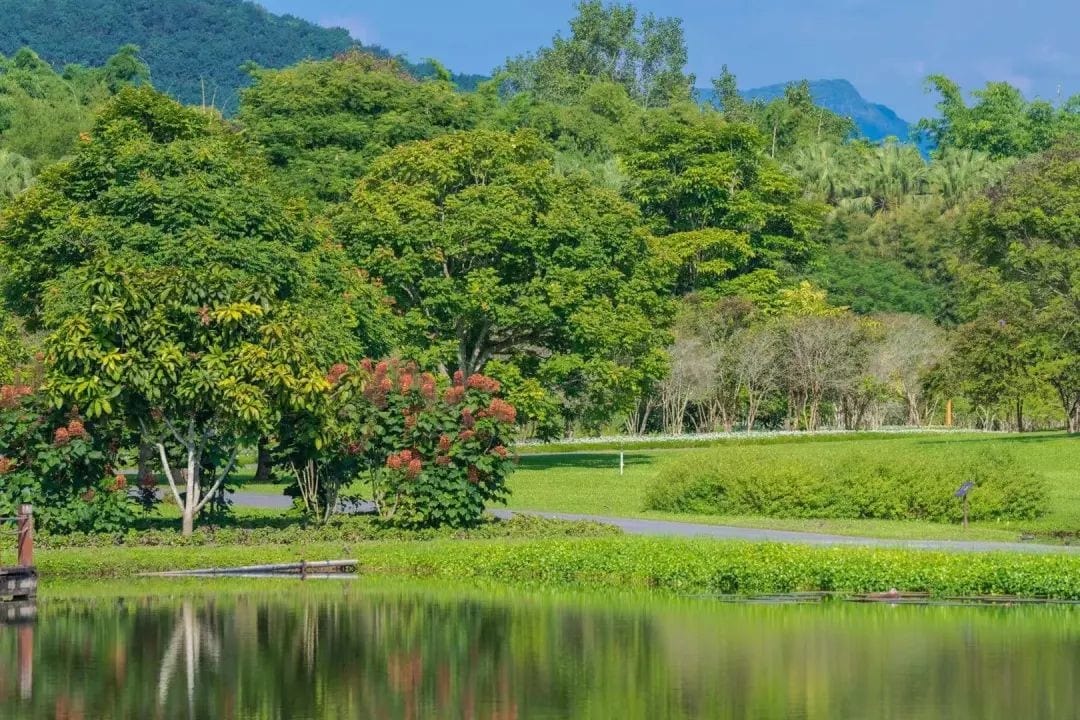
Participants bring water basins, water guns, and even water pumps; after a few rounds, even the most meticulous makeup will become unrecognizable.
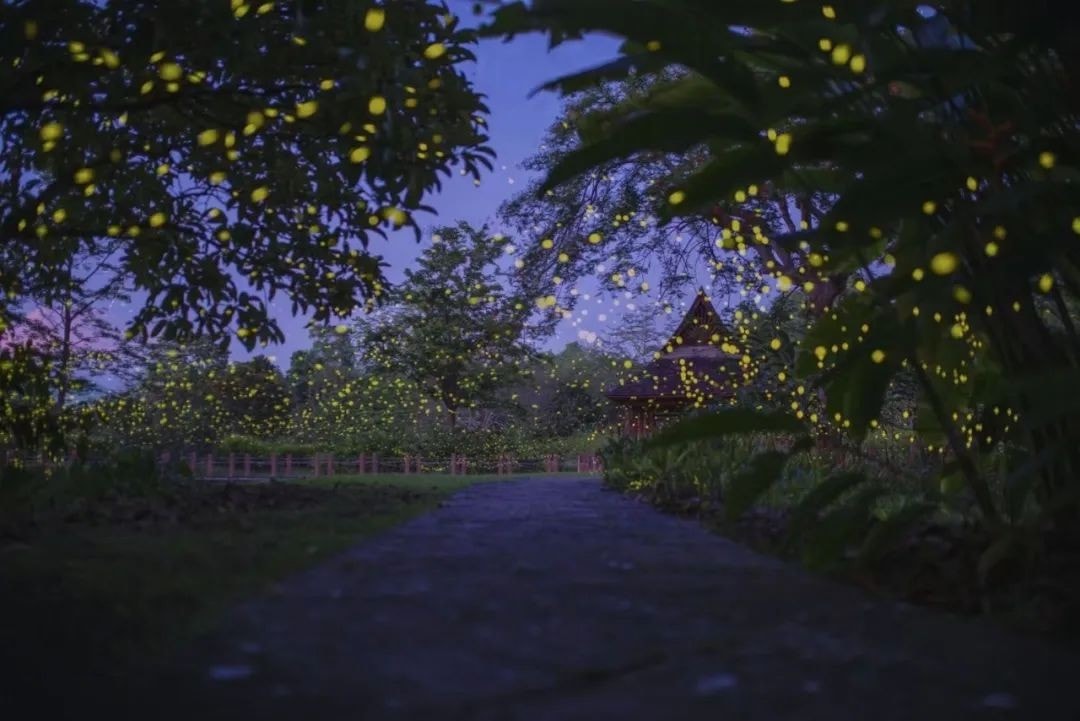
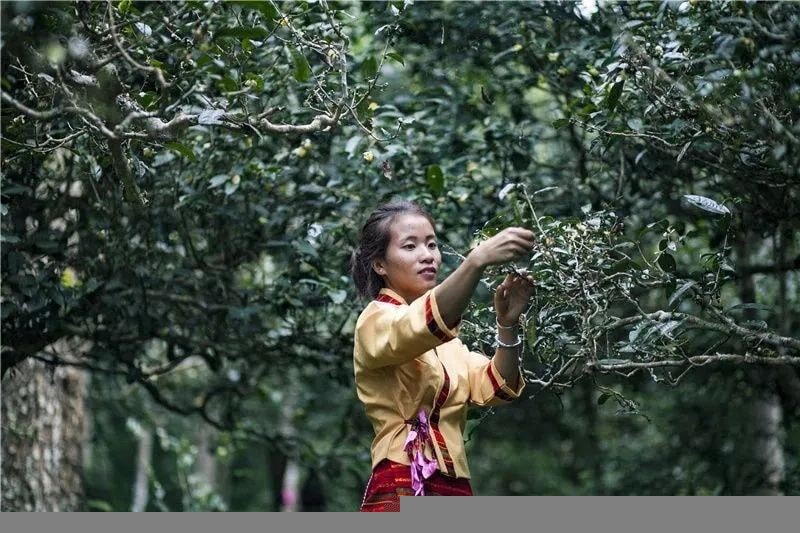
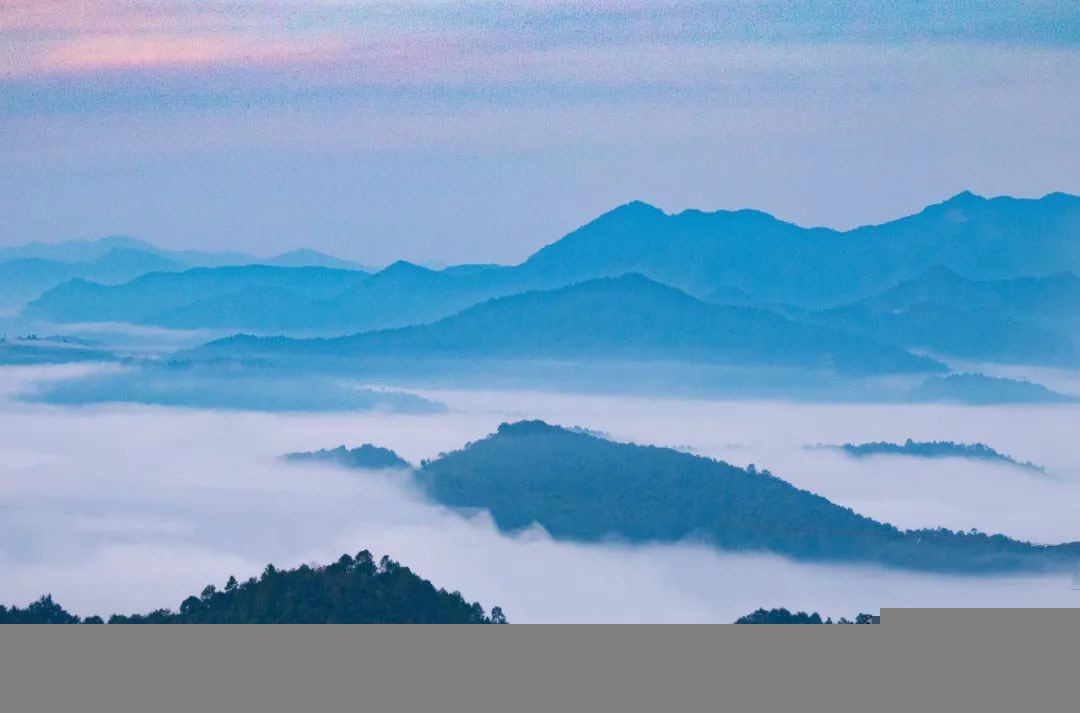
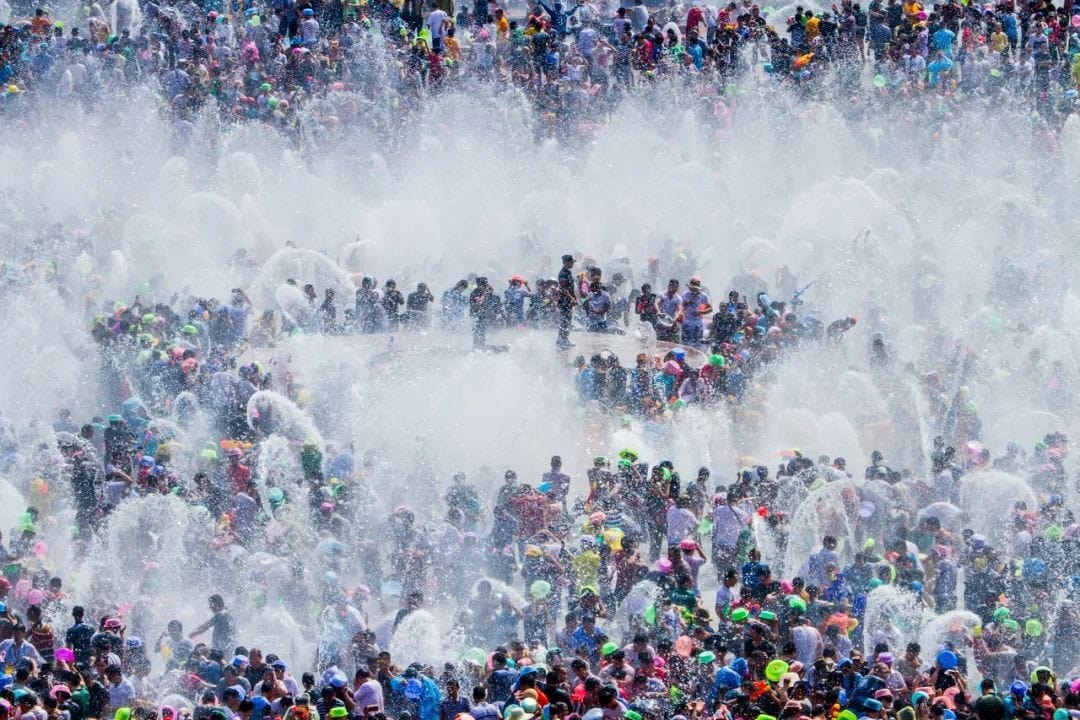
To maximize your impact, bring a water basin; for a long-lasting battle, opt for a water gun. I highly recommend the water basin, as it can double as a shield against the occasional water balloon attacks from above.
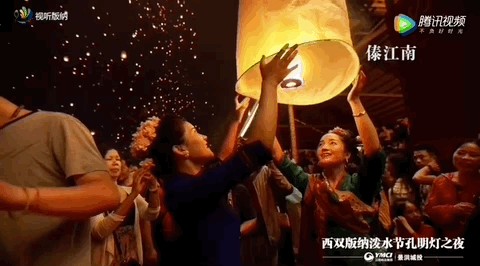
While Splashing Square is the main venue, the mischievous folks in Gao Village have concocted an electronic music water festival.
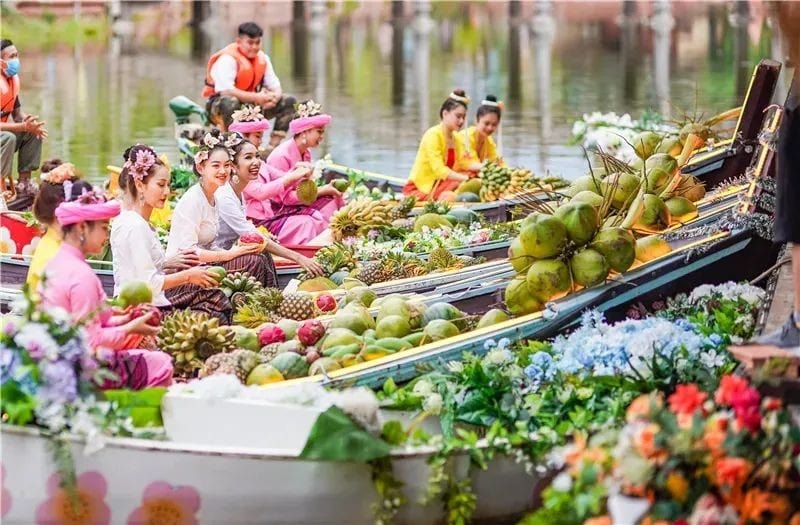
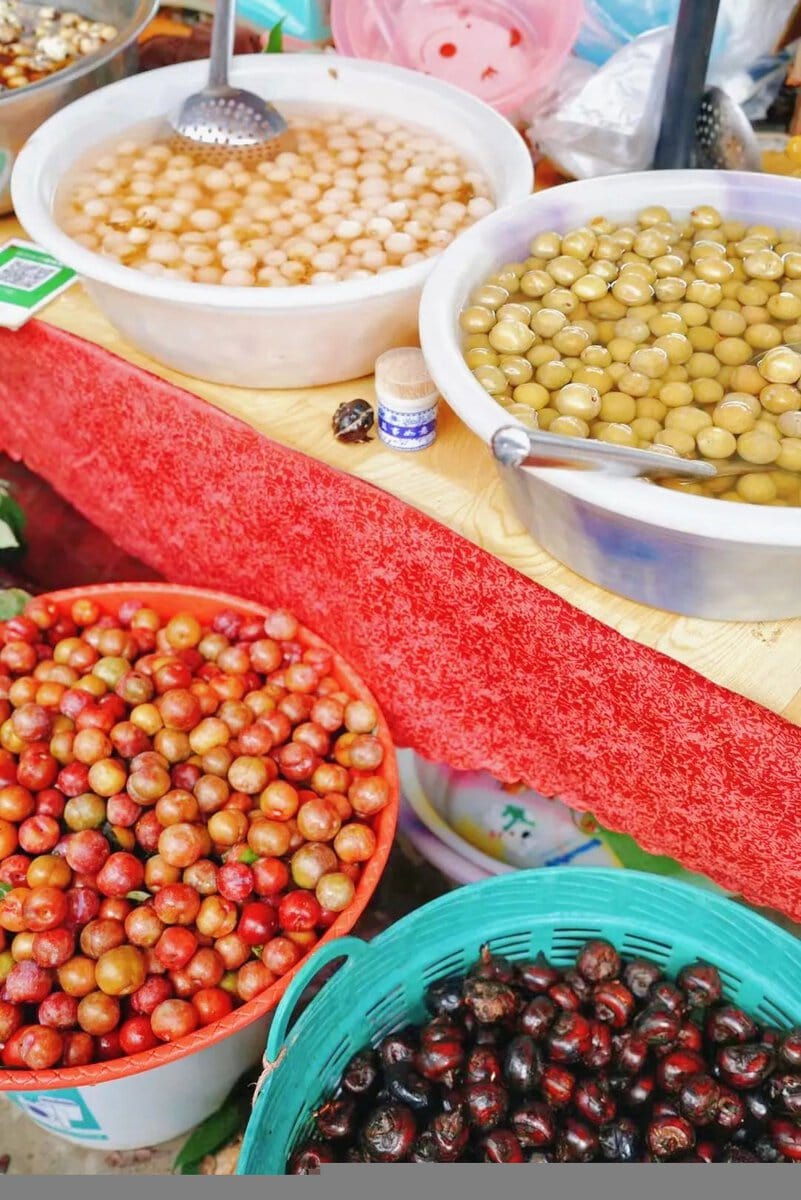
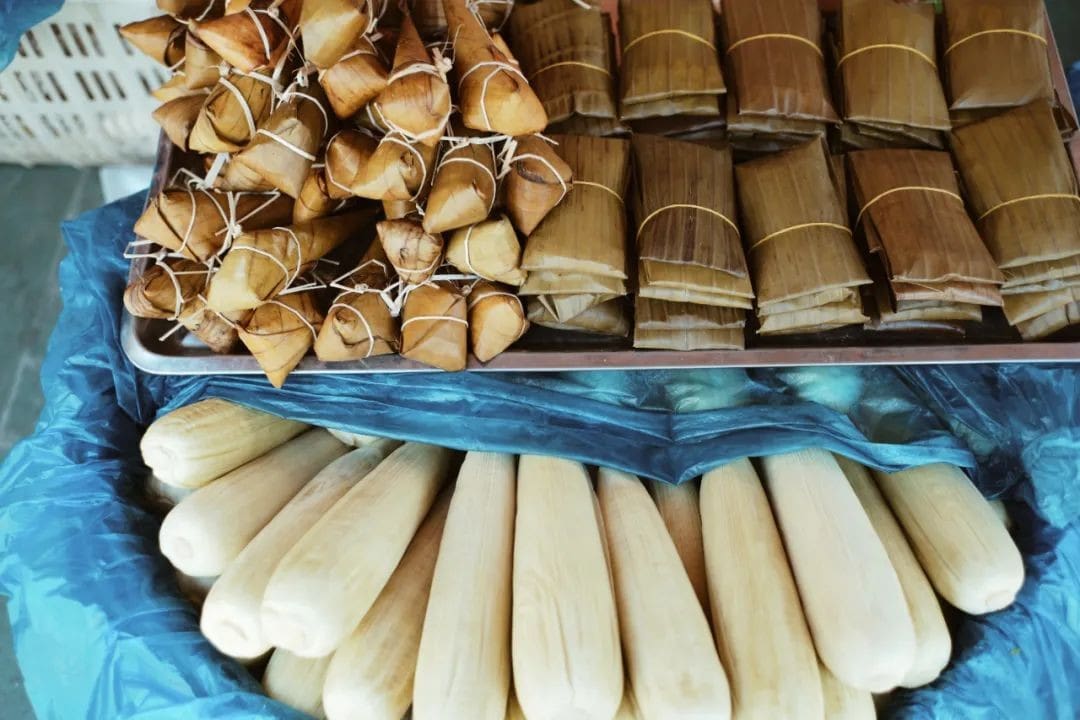
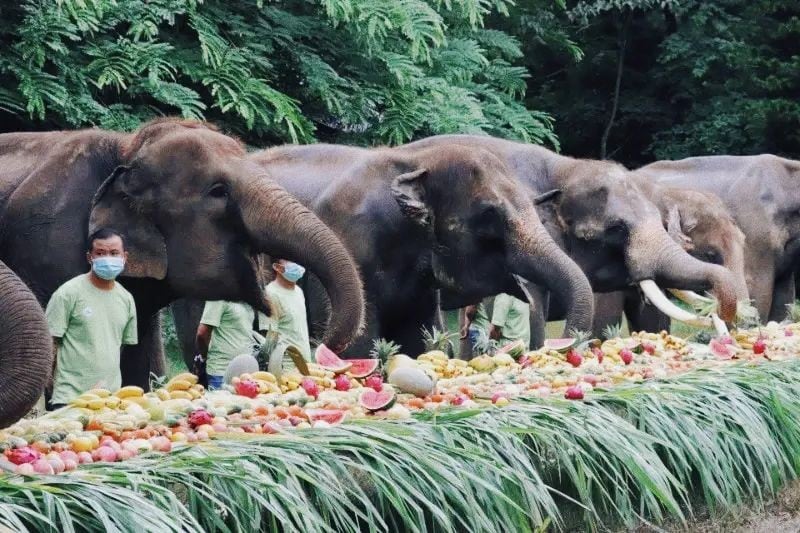
The electronic music water party is a new trend that emerged in the past couple of years, essentially turning Dai disco parties into an outdoor rave.
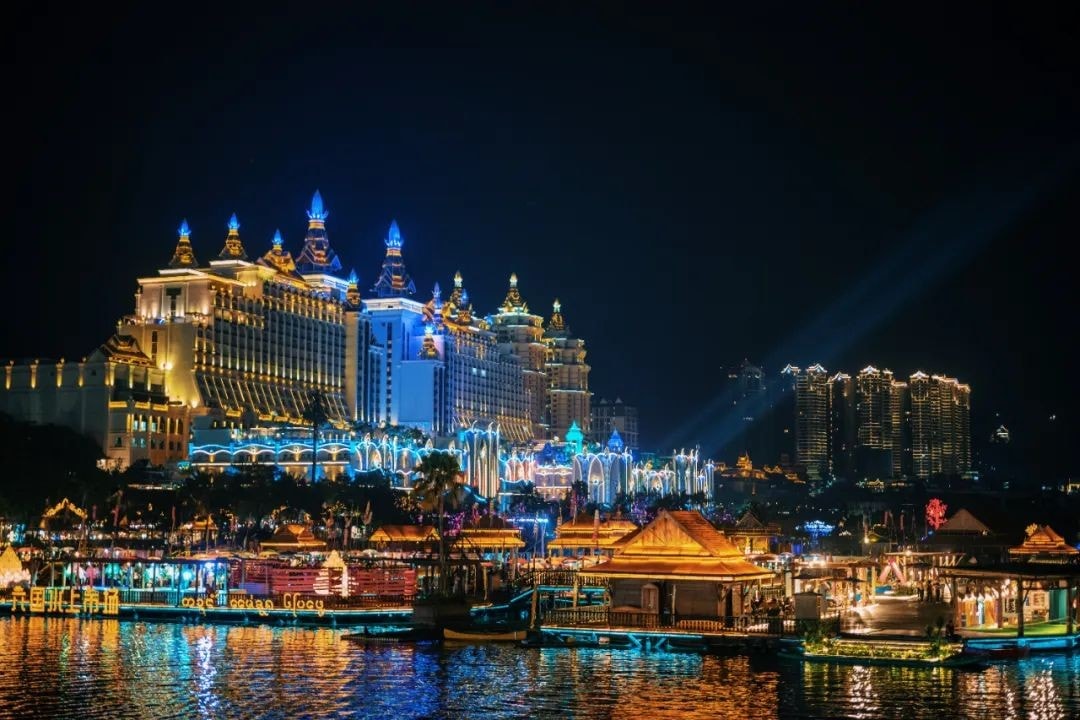
The thumping beats are perfect for young people, with sessions in the morning and afternoon. Dancing through the day burns calories even faster than a gym workout!
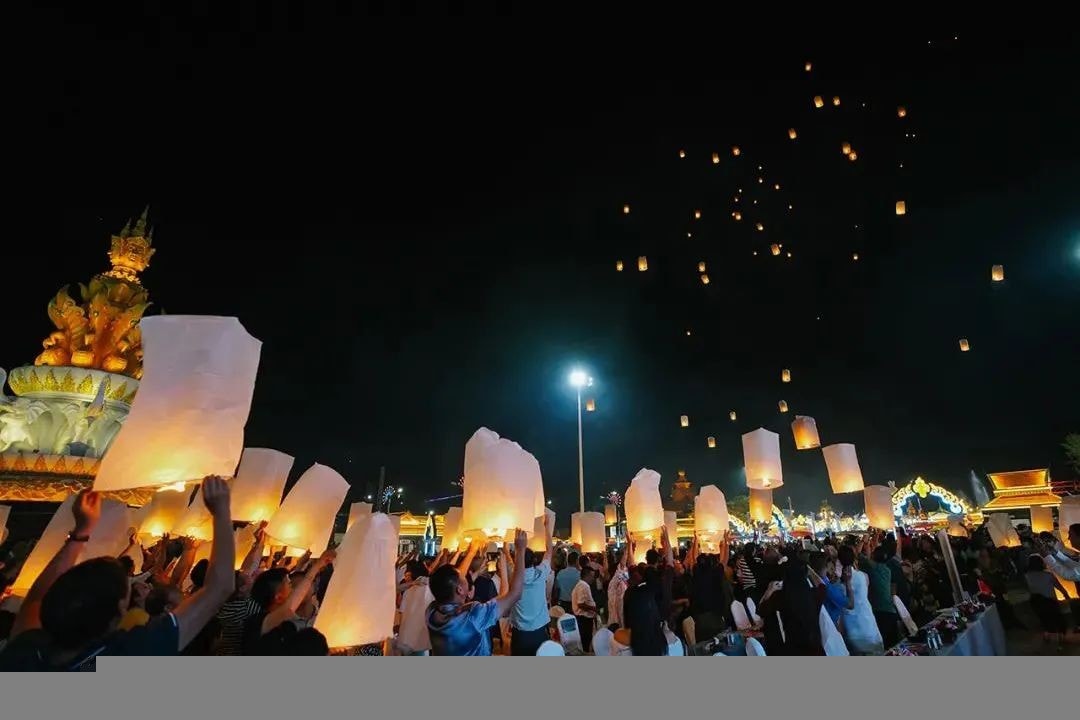
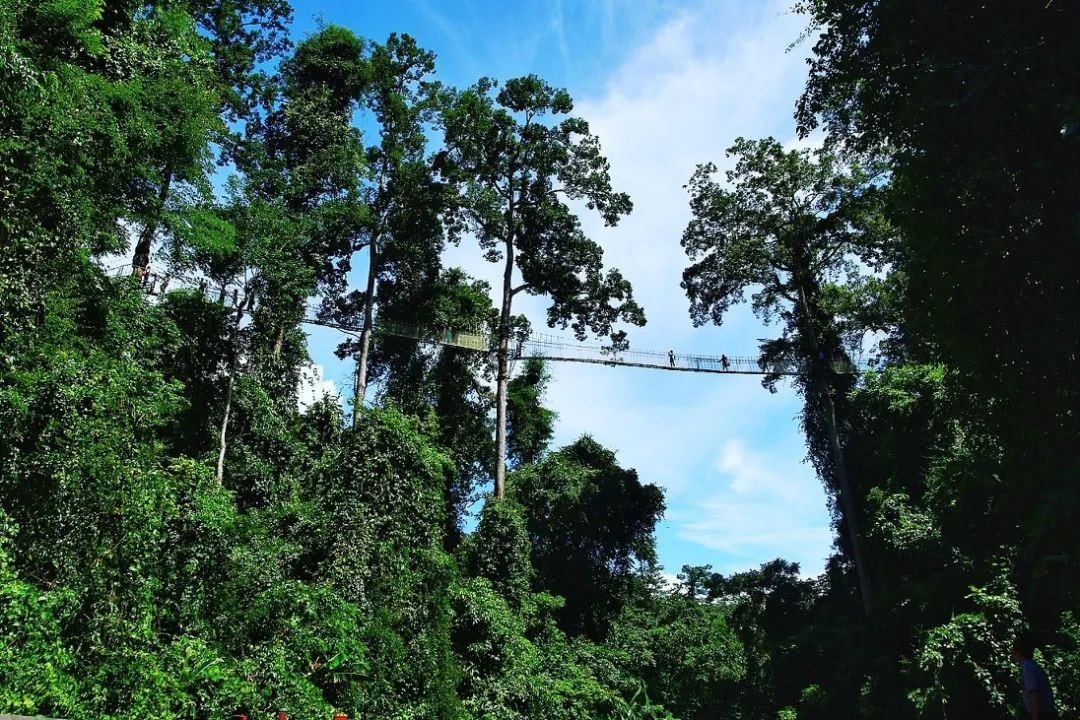
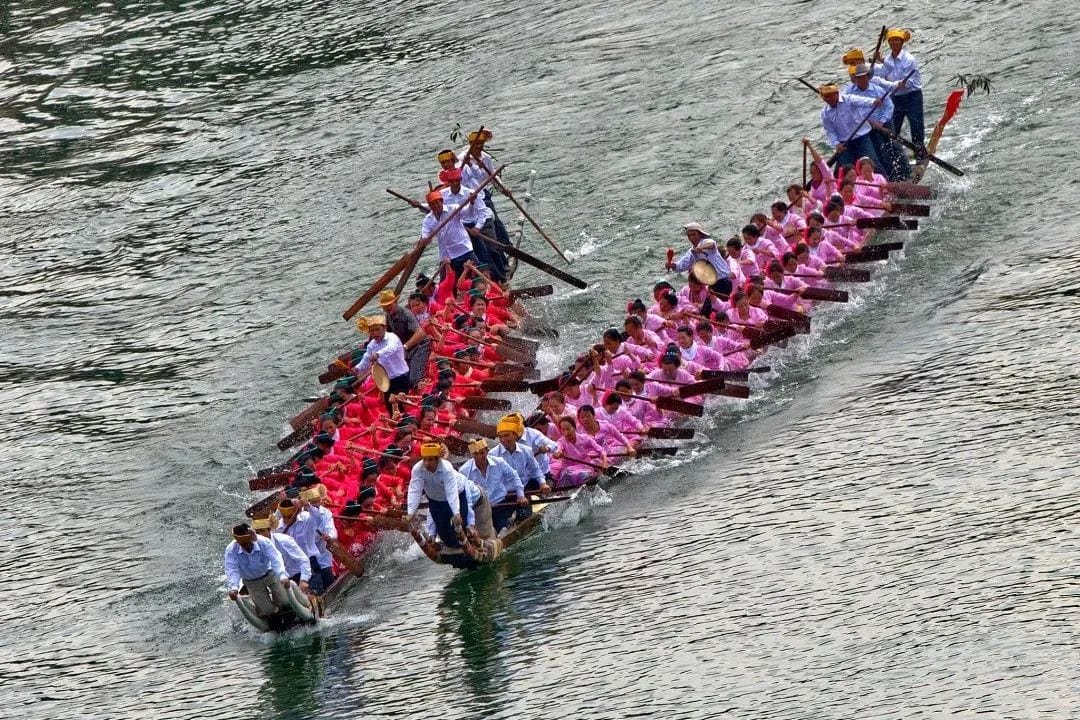
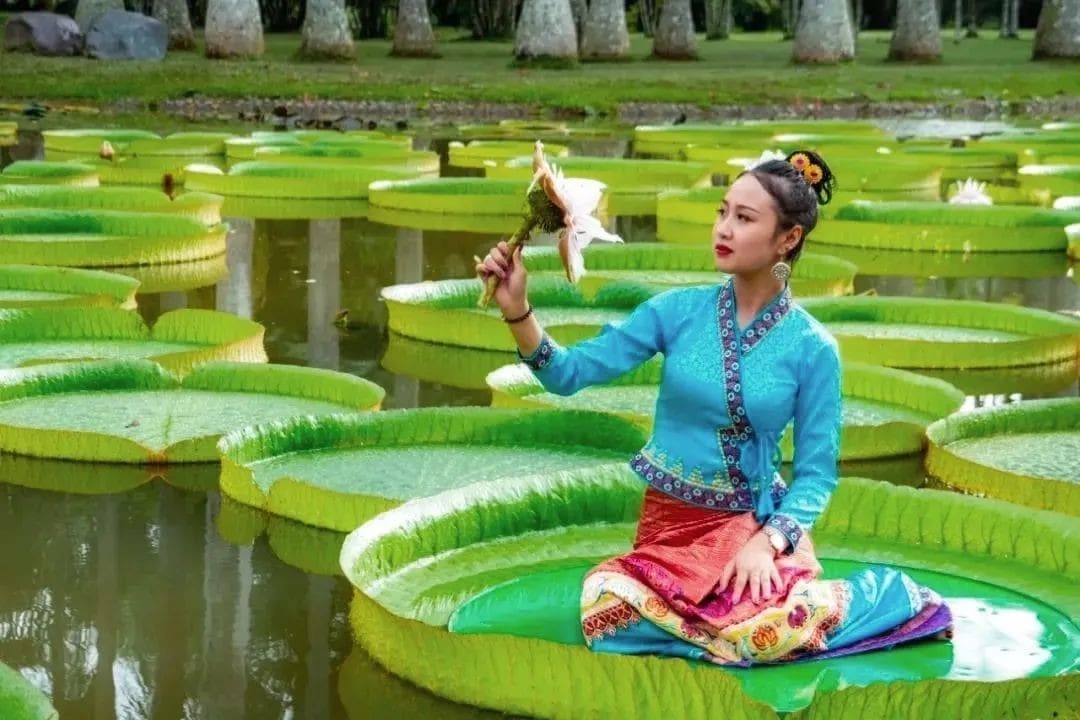
During the Water Splashing Festival, Xishuangbanna transforms into a giant amusement park, with plenty of unofficial activities to join. Just dive in and enjoy!
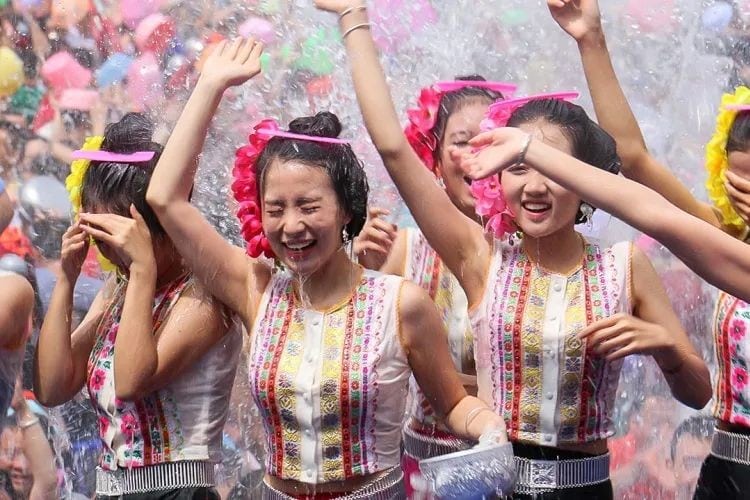
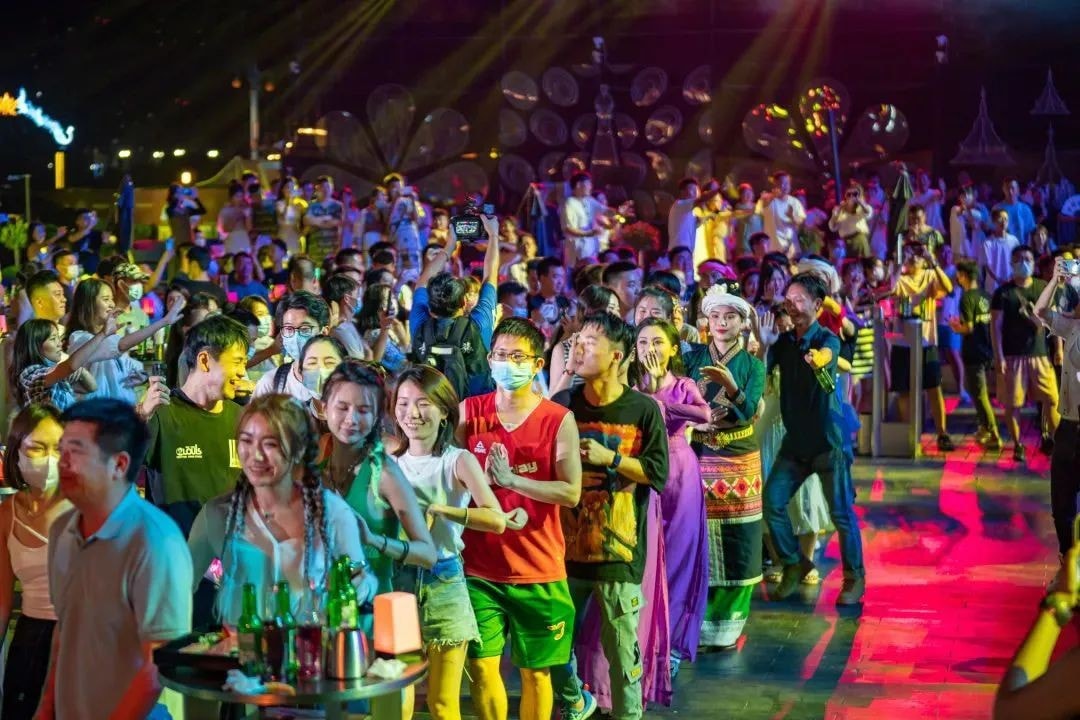
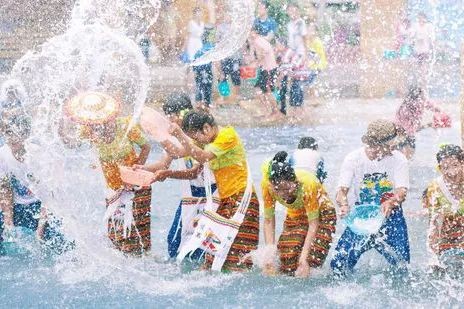
After the Water-Splashing Festival ends, whether you plan to continue exploring or not, the airport and high-speed railway station at Jinghong are indispensable stops.
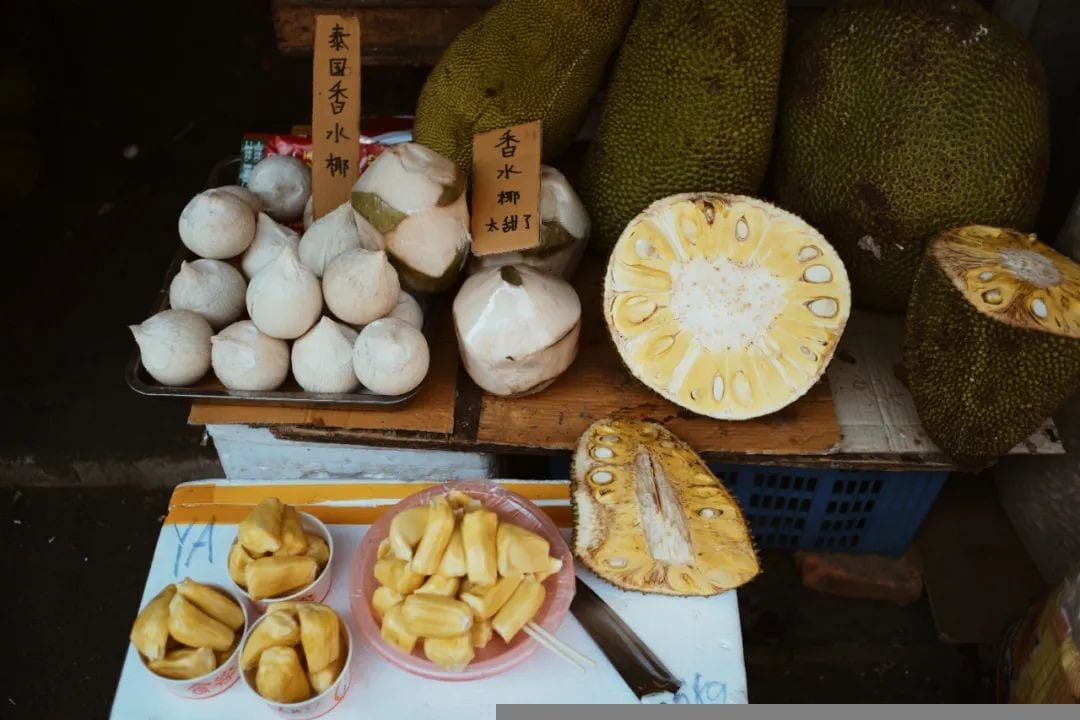
So, how do you enjoy Jinghong outside the Water-Splashing Festival period?
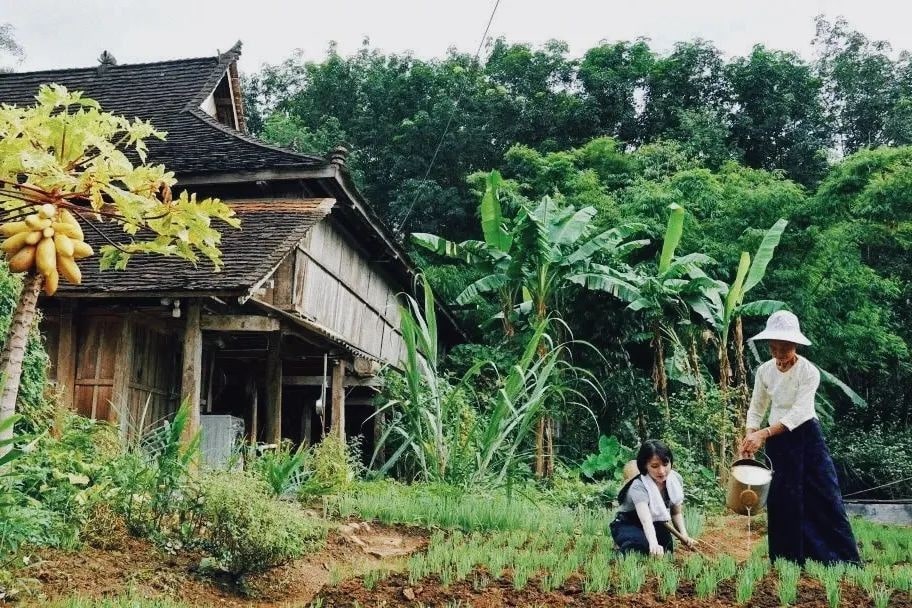
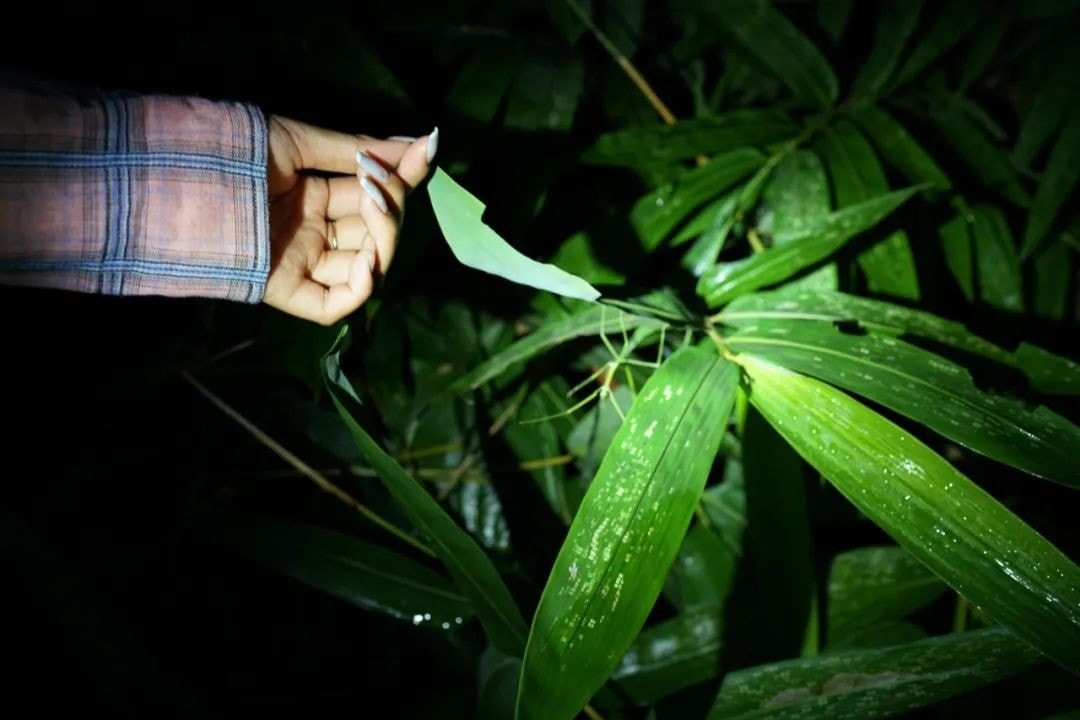
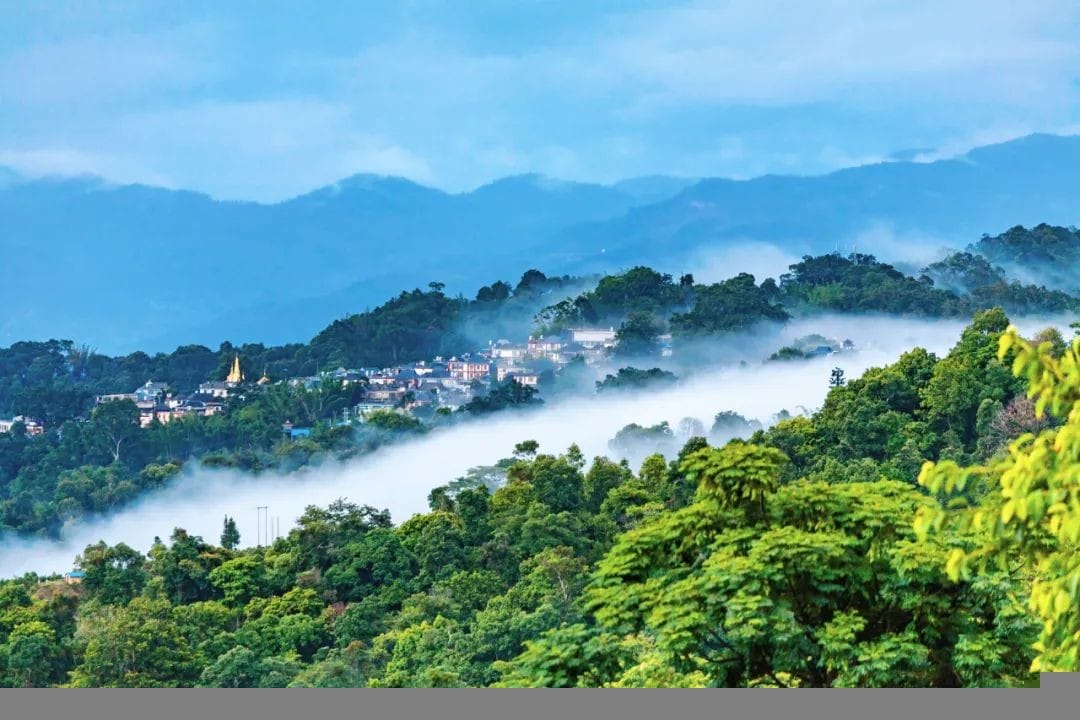
To be honest, ever since Xishuangbanna became a top tourist destination last year, I haven’t felt motivated to visit the traditional spots in downtown Jinghong. It’s not about the attractions themselves but the overwhelming number of people, which makes the experience less enjoyable.
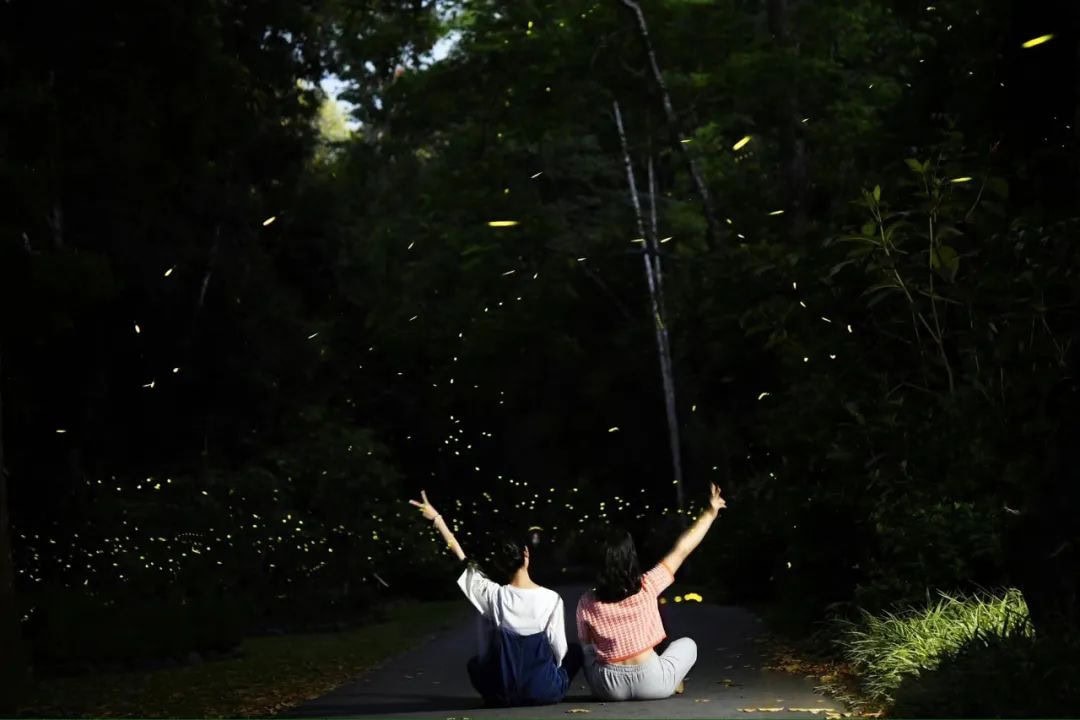
Especially at places like Gaozhuang and Manting Park, you’ll find young women posing for travel photos every ten meters, all sporting the same sunburn makeup typical of the plateau — I’m not exaggerating.
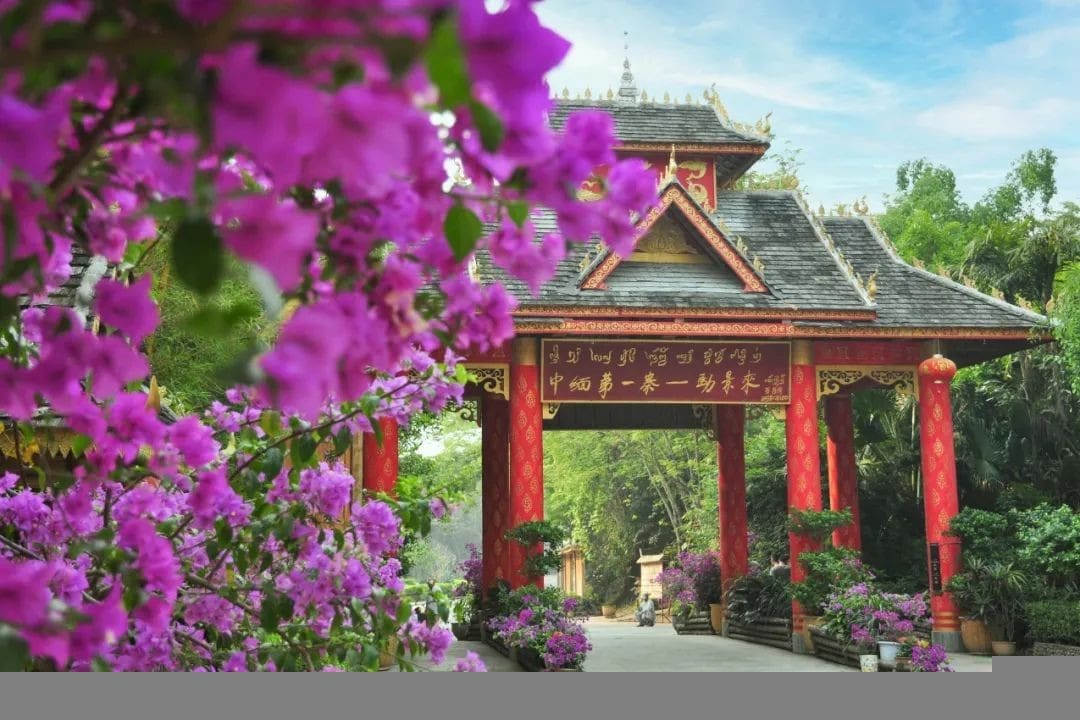
Taking Jinghong as the central point, the most important attraction on the northern route of Xishuangbanna is the Wild Elephant Valley.
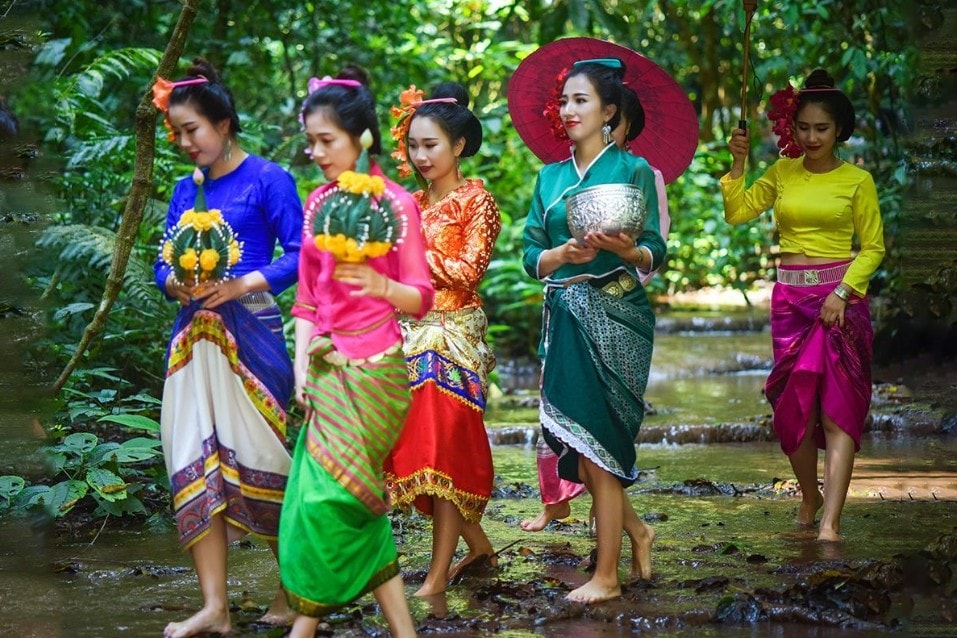
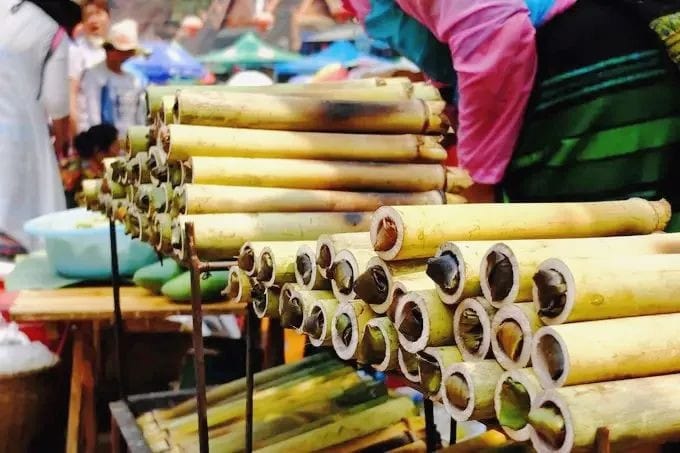
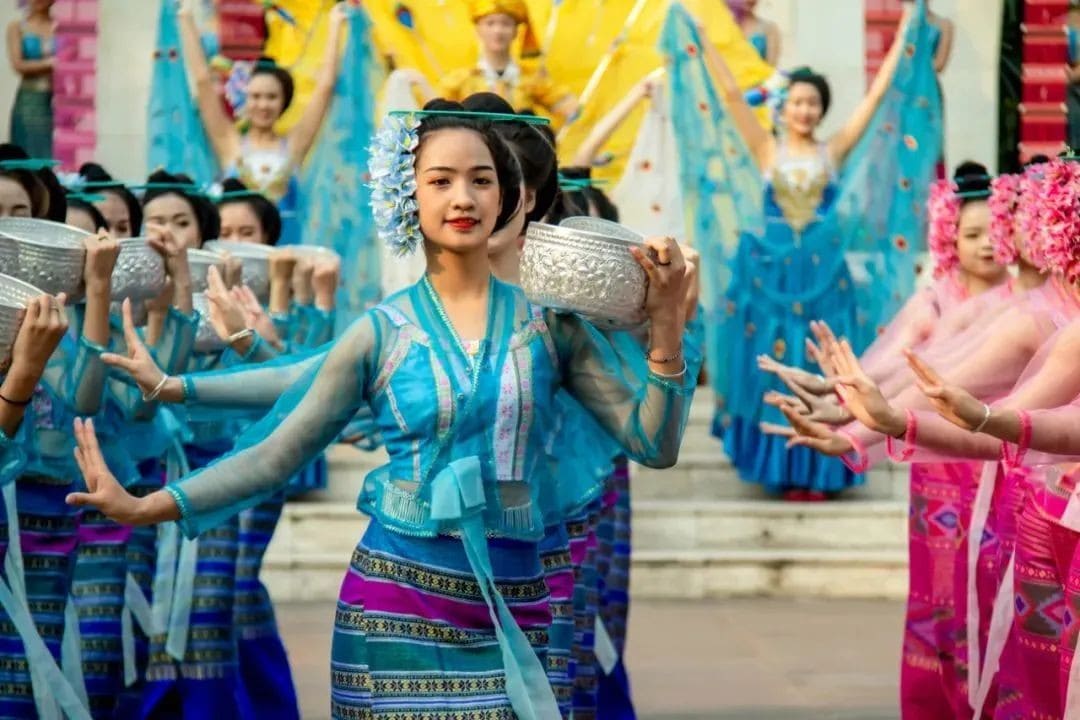
There are two main ways to experience Wild Elephant Valley: walking the rainforest walkway in hopes of encountering wild elephants—though this involves some probability—or watching elephant performances at the Elephant School and the Rainforest Theater.
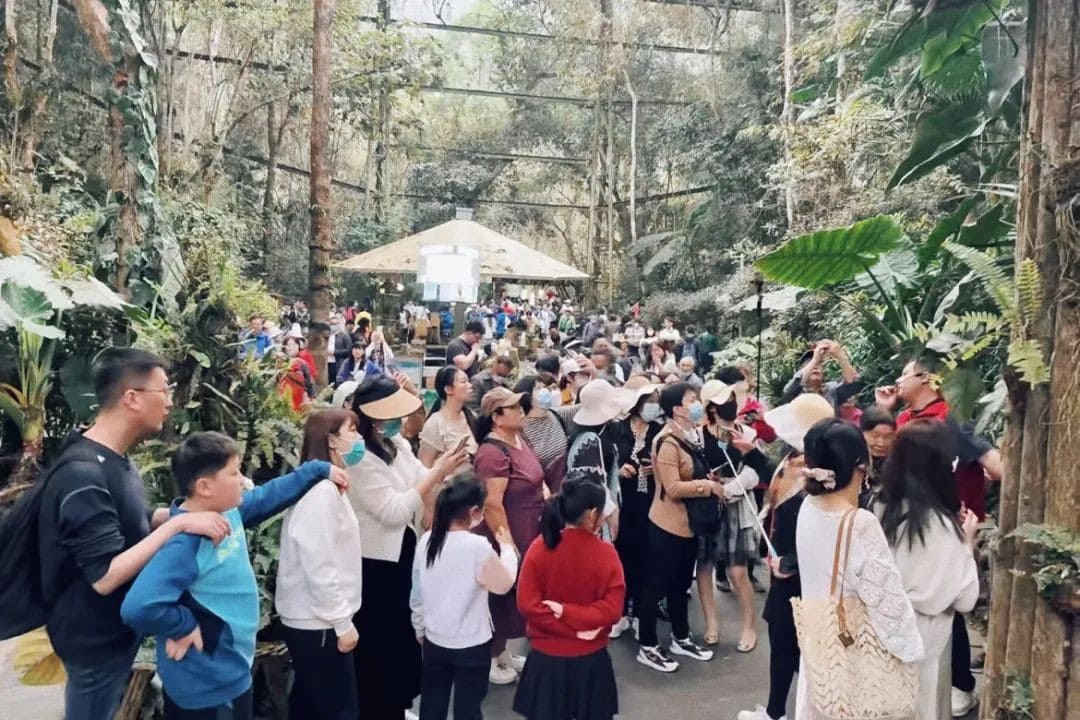
The more “well-behaved” the animals act, the more cruel the abuse behind the performances tends to be.
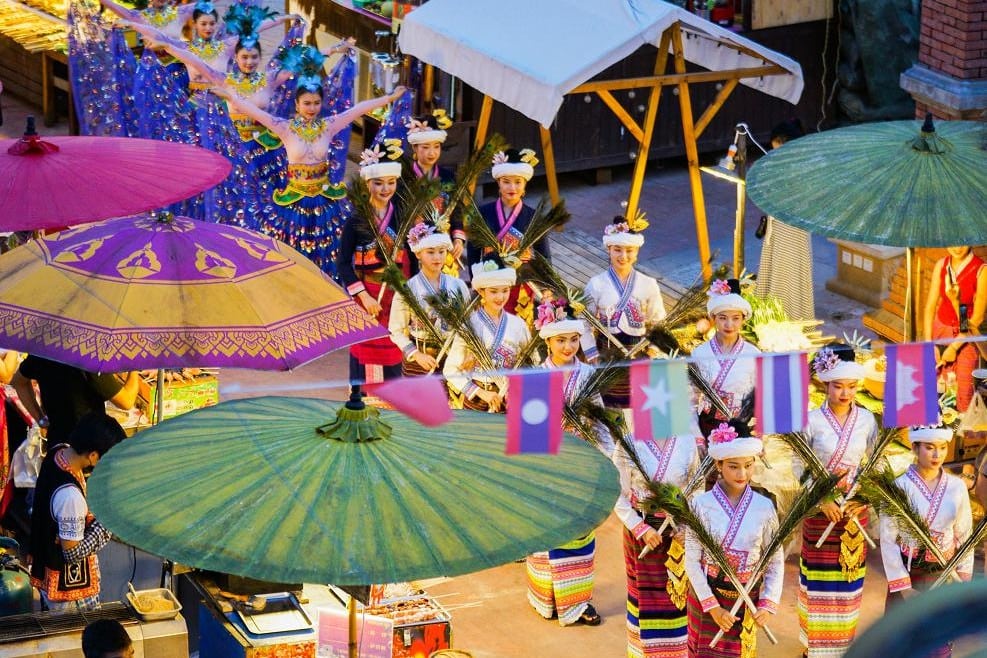
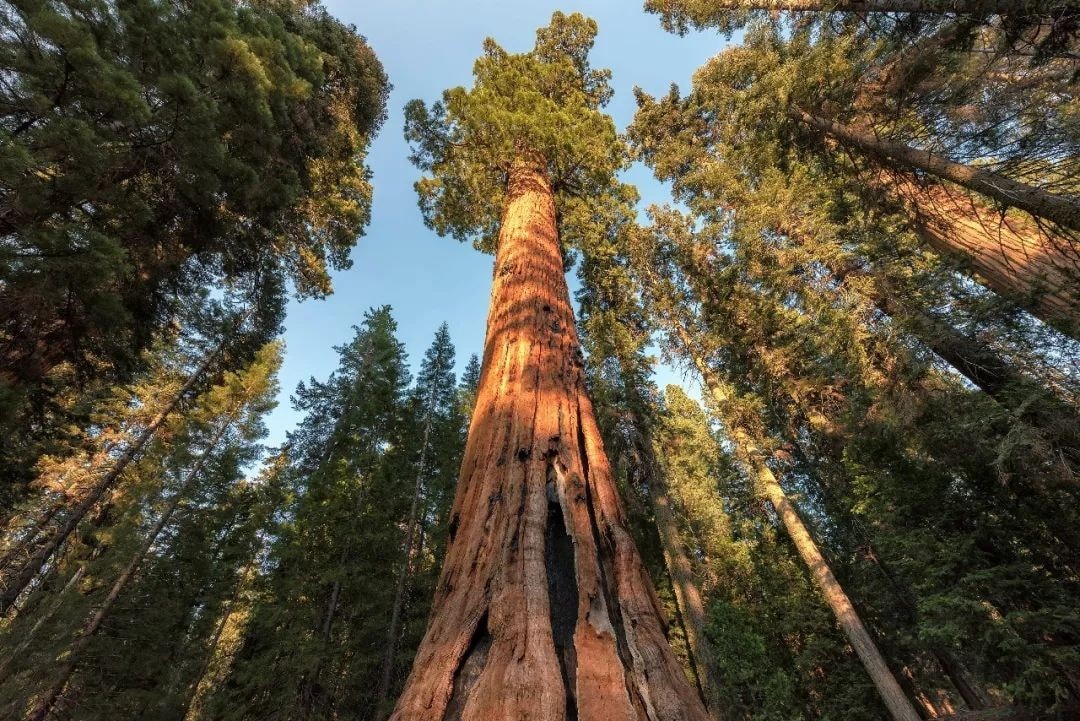
That’s why, despite having visited Xishuangbanna four times, I’ve never been to the Wild Elephant Valley. Even though official guides still recommend it, I prefer elephants to live freely in the rainforest.
And it’s not just me trying to discourage visits; recently, tour groups have clogged the roads leading to the Wild Elephant Valley, making the experience less pleasant.
Personally, I don’t like or recommend Wild Elephant Valley as an attraction.
Photo credit: @A, Xiaoman
If it’s not your first time in Xishuangbanna, or if you’re not particularly keen on checking off famous sites, I would recommend exploring local markets and ethnic minority villages in Jinghong.
**Weekend Market at Ganlanba**
If you can coincide your visit with the weekend market at Ganlanba, that’s ideal. If not, the usual Jinghong Farmers Market, Xishuangbanna Fair, and Manguo Fruit Wholesale Market are still great places to wander around.
From Yunnan’s exotic ingredients to affordable and delicious snacks and fruits, Yunnan’s markets are treasure troves waiting to be discovered.
The difference between the Starlight Night Market and these markets is that the former caters to tourists while the latter serve local residents.
If you’re planning to buy dried fruits or other local snacks as souvenirs, these markets are the most cost-effective and honest places to shop.
Now let’s talk about ethnic minority villages. There are many around Jinghong, especially concentrated around Dai Ethnic Garden.
Although these villages vary in their level of development, even the most visited one, Manzhang Village, has significantly fewer tourists compared to downtown Jinghong centered around Gaozhuang.
Manzhang Village is the largest with the most to explore, and it’s more commercialized and expensive than the other villages. However, its advantage lies in the variety of experiences it offers, including papermaking, pottery, weaving, and Dai boxing. There are also homestays available for accommodation.
If you are planning to bring children along, Manzhang Village is the most suitable among these villages.
Manyuan Village was a filming location for the show “The Life We Long For.” Though it is relatively well-known, it’s still quite small, and an hour is enough to explore it.
Mandiu Village is right next to the airport, making it the most convenient in terms of transportation.
Additionally, there are villages like Mantuan Village, Mankongdai, and Manao, among others. They all have a similar style and are not highly developed. You can pick any that is convenient for you, and there won’t be too many tourists.
Besides having fewer people and a better travel experience, another benefit of visiting these villages is that it seamlessly connects with the eastern route of Xishuangbanna (Dai Park, the botanical garden of the Chinese Academy of Sciences, and Wangtianshu). This means you won’t have to backtrack on the map.
Now that we’ve covered where to play, where should you stay in Jinghong?
Standard travel guides often recommend Gaozhuang as your first choice because it offers many activities. Especially if you plan to enjoy some night entertainment, staying in Gaozhuang will be very convenient.
The downside is that accommodations in Gaozhuang aren’t cheap and mainly consist of homestays with inconsistent quality. This is why you sometimes find exorbitantly priced places, like the Hanting Hotel which charged over 2000 RMB per night without breakfast.
If you have some standards for your accommodation, it might be wise to skip Gaozhuang.
For a good location, nothing beats Mekong River Jinglan.
If you’re looking to stay in a villa, Wanda Vista offers villas with private pools.
If you’re bringing children, your first choice should be the InterContinental, but Crowne Plaza and Pullman are also good options.
If you want comprehensive amenities, choose a hotel in the Sunac Xishuangbanna Resort (which includes Wanda Vista, Pullman, and Crowne Plaza).
In my opinion, it doesn’t really matter much where you stay in Jinghong. Firstly, the city isn’t very big, and you can get anywhere for under 20 RMB.
Secondly, taxis are readily available in Jinghong, and many local drivers use ride-hailing apps, making transportation very convenient overall.
Where to eat in Jinghong?
As far as Xishuangbanna is concerned, I believe there’s no clear distinction between good and bad food; it all depends on your taste preferences.
One way to solve this is to visit local markets and night markets to join the fun. It’s hard to find a place where people love setting up and visiting markets more than in Yunnan.
Aside from that, we’ve written a special food guide for Jinghong. You can follow it directly.
👉 Four meals a day! I gained five pounds during my five-day stay in Xishuangbanna
Mengla County
Heading along the eastern route of Xishuangbanna, let’s talk about Mengla next.
Xishuangbanna comprises one city and two counties: Mengla and Menghai. These flank Jinghong to the east and west respectively, with Mengla serving as the eastern route. Bordering Myanmar and Laos, Mengla’s Water-Splashing Festival often sees a dreamlike collaboration between China and Myanmar.
Mengla itself is a small border town with less population and infrastructure compared to Jinghong, the “urban area.” While it hosts all the usual events of the Water-Splashing Festival, the scale is significantly smaller.
If you’re not there specifically for the Water-Splashing Festival, it’s still nice to join in if you’re planning to visit Mengla anyway.
The highlight, as in Jinghong, is on the 15th, when the activities are at their peak and most grand.
The main venue for the events is also called Starlight Night Market. Unlike its more famous counterpart in Jinghong, fewer people know about this Starlight Night Market, and it’s typically frequented by locals. Prices here are much lower than those in Jinghong’s Starlight Night Market. However, when using navigation, don’t forget to add the prefix “Nanla River.”
Xishuangbanna is quite expansive, and transportation conditions aren’t particularly convenient, so I wouldn’t recommend trying to cover everything in one trip.
Rather than “marathon tourism,” it’s better to fully explore one route at a time.
Mengla’s main attractions include the Chinese Academy of Sciences Botanical Garden and the Wangtianshu Scenic Area. Both are relatively remote from Jinghong.
For instance, starting from Gaozhuang, it’s a one-hour drive to the Chinese Academy of Sciences Botanical Garden and a two-hour drive to Wangtianshu Scenic Area.
Both of these spots are so expansive that exploring them can be exhausting, so I suggest spending a night in Mengla.
The Chinese Academy of Sciences Botanical Garden is, in my opinion, the most worthwhile attraction in Xishuangbanna, bar none.
Although Xishuangbanna doesn’t have distinctly separate seasons, the botanical garden does have an “optimal visiting time.”
One such period is the firefly season from May to August each year. In theory, you have a chance to see fireflies during this time, with May and June being the peak season when fireflies are most abundant and beautiful.
Currently, there are only two ways to enter the botanical garden at night to see the fireflies: by staying at the Victoria Water Lily Hotel within the garden, or by signing up for an official night tour.
The guide fee for groups of up to 5 people is 300 yuan per session, which is an essential expense for the night tour. Based on my experience, it’s absolutely worth it.
Xishuangbanna is one of the best places in China to observe fireflies, with around 2,000 species. The color of their glow varies, with some being yellow and others green.
I visited at the end of May, and watching the fireflies dance before my eyes was truly spectacular!
Observing fireflies is just a small part of the night tour; the main focus is on observing nocturnal animal behaviors.
# Translation
While walking, you may encounter small animals that come out at night. The animals you meet each night are random, and the night tour is highly educational, yet the guide makes it very entertaining.
Another botanical garden’s best visiting time is from June to October each year. The famous Victoria water lily viewing season at the Chinese Academy of Sciences Botanical Garden is a must-see. Sitting or standing on the Victoria water lily is also one of the most iconic photo opportunities in the garden, right?
The larger the diameter of the Victoria water lily, the greater its buoyancy. During the viewing season, visitors weighing less than 60 kg have the chance to sit on it and take photos. This period is also a peak season for the botanical garden.
The Chinese Academy of Sciences Botanical Garden covers a vast area, divided into east and west zones, with separate tickets for each.
The west zone is a well-planned tropical botanical garden, highly educational with many attractions packed closely together.
The east zone is an undeveloped primeval forest, with the main attractions being the tropical rainforest and green stone forest. It is recommended to take an electric car.
If you have to choose between the two gardens, go for the west garden.
After entering the botanical garden, you can find audio guides on the “Travel Yunnan Ticket Booking Hotel Surrounding Tours Family Tours” mini-program.
Hiring a guide is also not expensive, 100 yuan for two hours, definitely worth the money.
Another major attraction on the east line is the Wangtianshu Scenic Area, which, as the name suggests, is about viewing towering trees.
Visiting this scenic area is like doing neck exercises, as you need to keep looking up.
Interestingly, there are corridors built between the trees, allowing people to play in the Wangtianshu Scenic Area in mid-air. This perspective is quite novel compared to being on the ground.
The drawbacks of the Wangtianshu Scenic Area are, first, it is relatively far and the attraction is isolated, making a trip there not very “worthwhile.”
Second, both the Chinese Academy of Sciences Botanical Garden and Wangtianshu are about viewing plants, so the attractions overlap quite a bit.
If time is limited, choose the Chinese Academy of Sciences Botanical Garden; if you have a long enough holiday, visit both.
A more detailed botanical garden guide has been written before. If you miss the Water-Splashing Festival, the firefly season is also worth planning a trip to Xishuangbanna.
👉 A garden where you can stroll from morning until 10 PM and still not want to leave, probably the only one in the country.
Menghai County
Menghai, placed last, is on the west line of Xishuangbanna, bordering Myanmar. Compared to Jinghong, and even Mengla, Menghai is more niche and less known, right?
This is mainly because there are many ancient tea mountains here. Tea drinkers know that the tea-producing areas of Dayi and Banzhang are in Menghai.
There are actually quite a few attractions in Menghai, such as the Forest of Standing Trees, Mengjinglai, and Jingmai Mountain. Similar to Mengla, most of the scenic spots are centered on natural landscapes.
Even if I’ve had enough of Xinrongji, I might want to switch it up with Yongfu or Tang Pavilion. There aren’t many tourists, but seeing trees over and over again can indeed lead to aesthetic fatigue.
One of the few cultural attractions in Menghai that I really like is Mengjinglai, which is home to Dai villages. What sets Mengjinglai apart is that it is separated from Myanmar by just one river. The Mekong River tributary, the Daluo River, naturally forms the border.
Previously, Mengjinglai was the religious center of the China-Myanmar border region, and the village still preserves the largest pagoda group in Xishuangbanna.
Similar to other Dai villages, there are many intangible cultural heritage crafts you can experience here.
The variety show “Daddy, Where Are We Going?” did some filming here before, but the commercialization in Mengjinglai has not reached the point of cookie-cutter duplication.
On the western route, there’s also Jingmai Mountain, which is on my travel list.
It actually spans both Xishuangbanna and Pu’er, encompassing 280,000 mu (about 46,000 acres) of the world’s largest antique tea plantations. It also has more than a dozen primitive ancient villages, including Jingmai Dazhai, Mangeng Guzhai, Nuogan Guzhai, and Mengben Guzhai. It’s a truly secluded destination.
In 2022, the American magazine National Geographic selected “25 Best Travel Destinations in the World,” and Jingmai Mountain was the only Chinese destination to make the list.
In addition to the ancient tea tree mountains, there’s also the most difficult-to-reach branch of Banyan Tree Resorts.
Jingmai Mountain is definitely worth a visit, but the drawback is that transportation is inconvenient. You must drive yourself or hire a vehicle.
You can plan a route from Xishuangbanna to Jingmai Mountain, and then fly out from Lincang Airport in Pu’er. This way, you won’t have to backtrack, and Jingmai Mountain alone warrants at least a two-night stay.
Menghai is vast but sparsely populated, and New Year’s activities aren’t very abundant. I estimate that even if you go to Xishuangbanna, Menghai will not be a top priority, but I’ll still share the schedule for Menghai’s Water Splashing Festival activities.
Ever since Xishuangbanna became popular, trendy ways to experience it have emerged one after another. But returning to traditional festivals, the most primitive way—water splashing—already makes adrenaline levels soar.
It’s been three years since I attended a large event. Don’t you want to join in Xishuangbanna’s big party in April?


